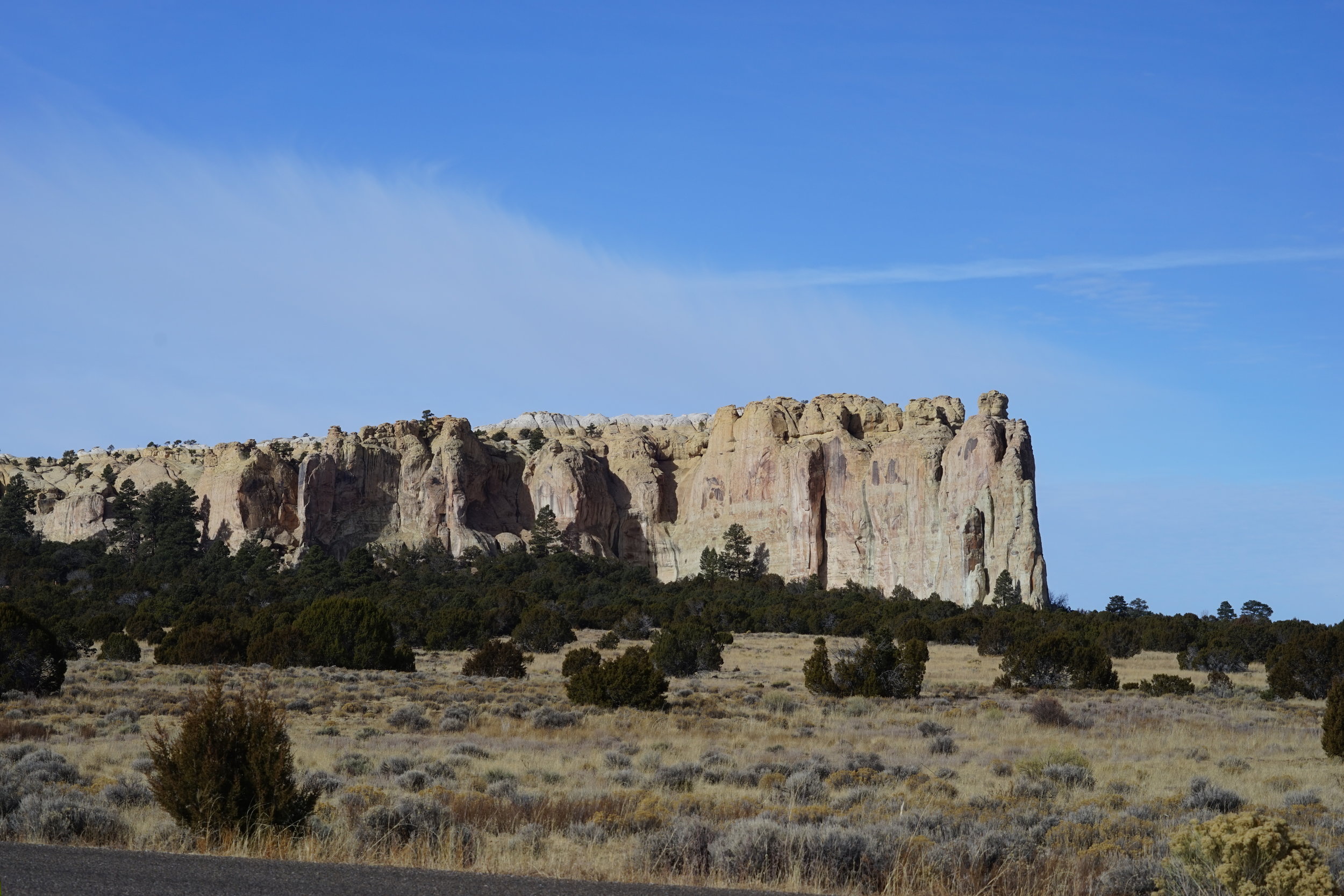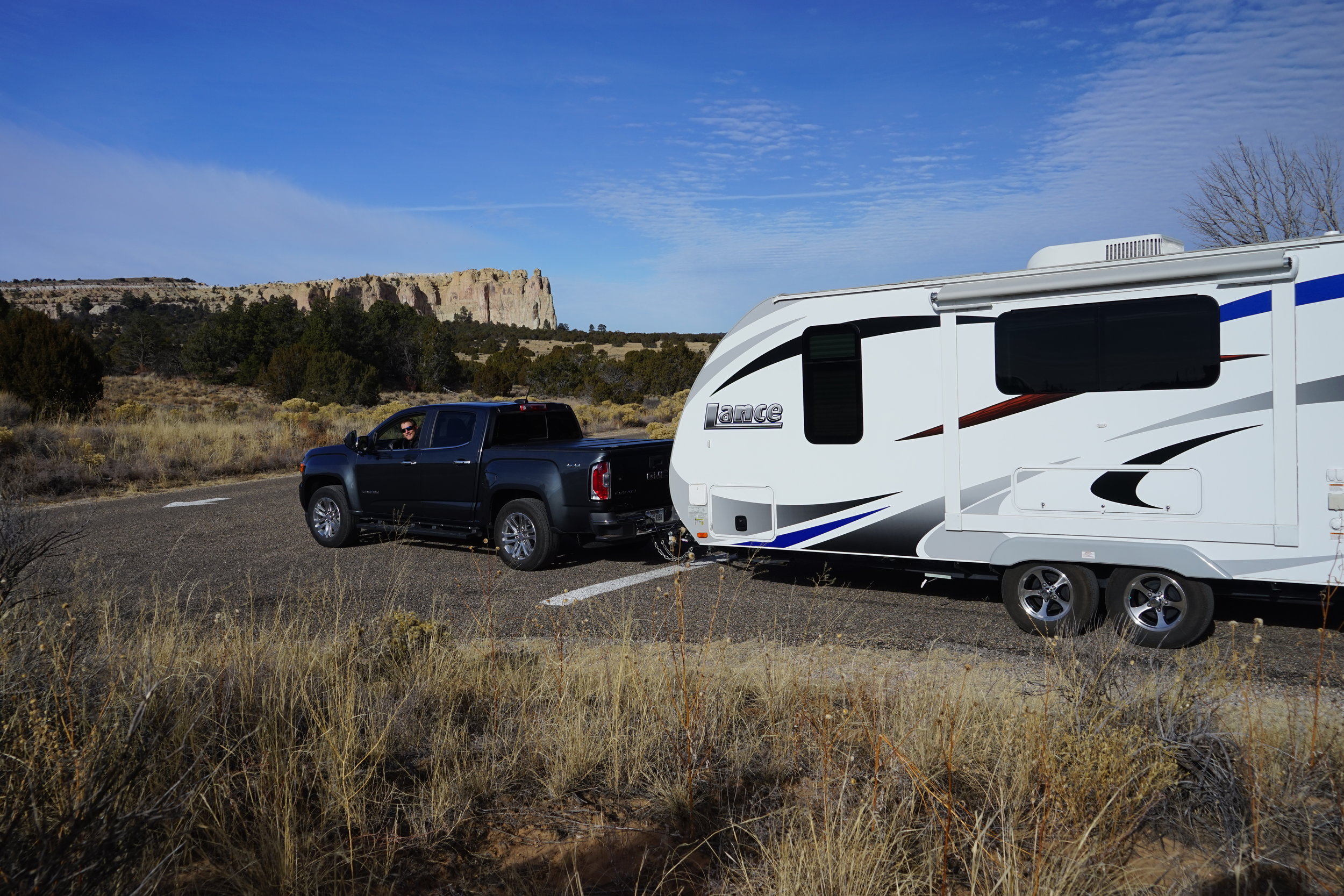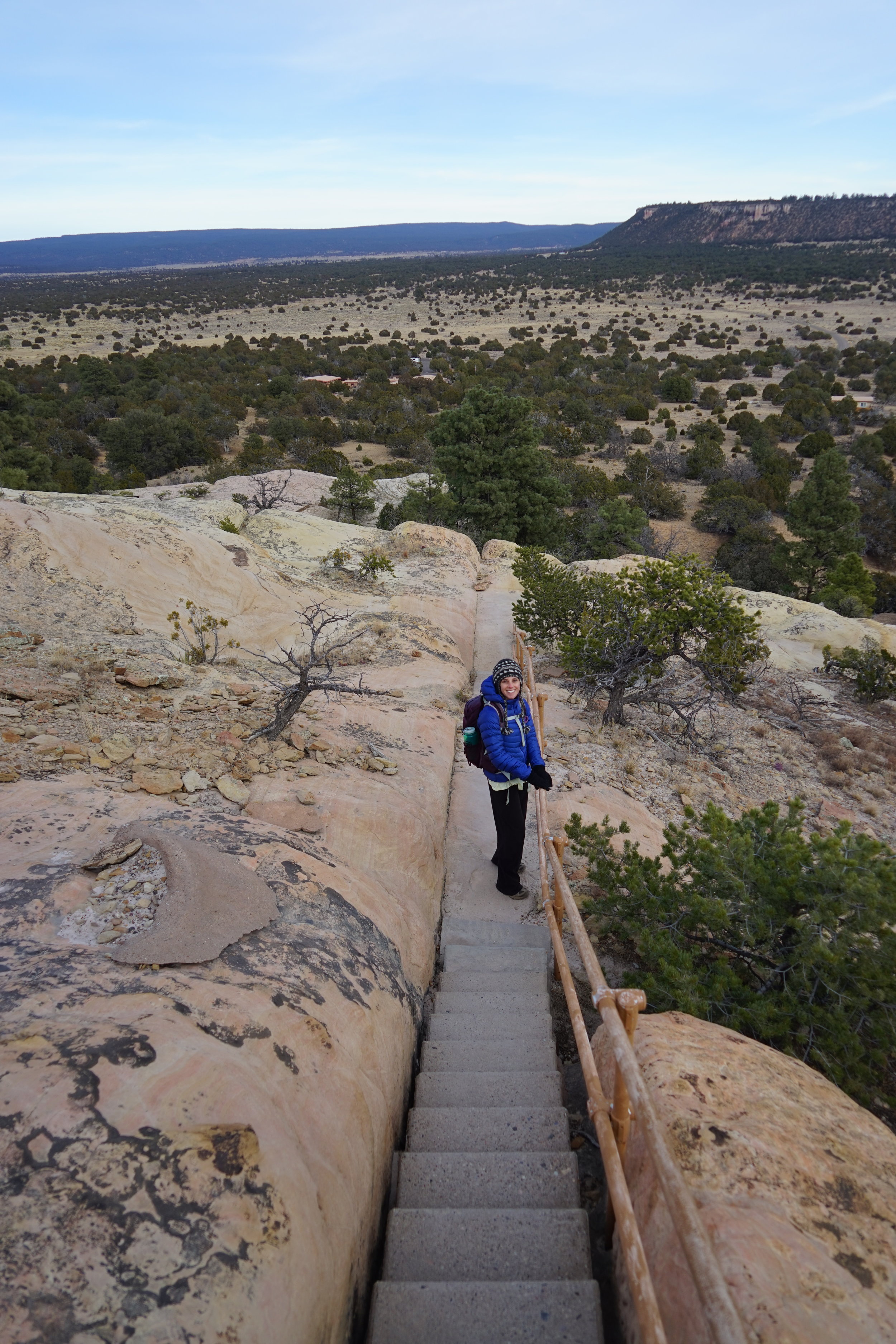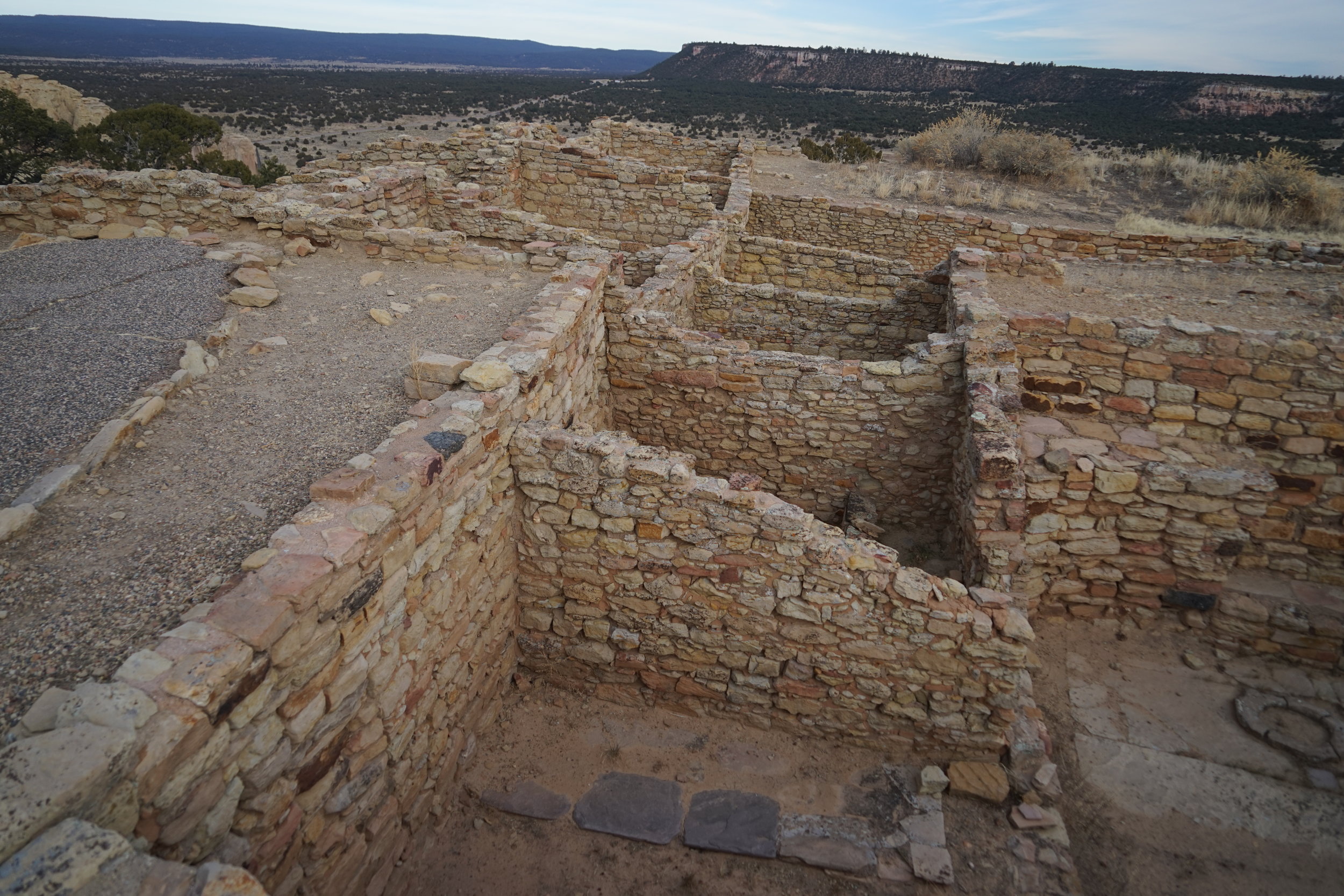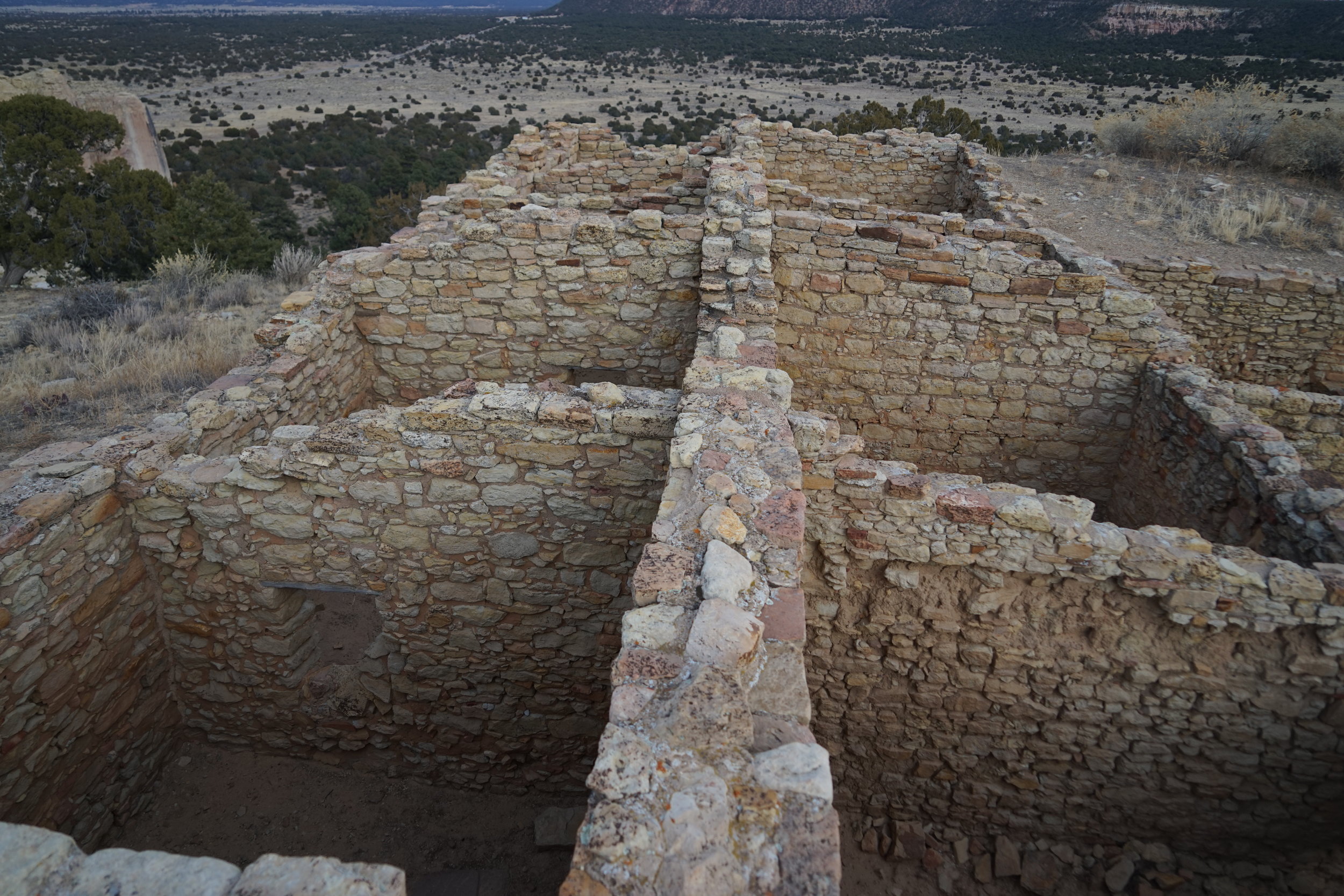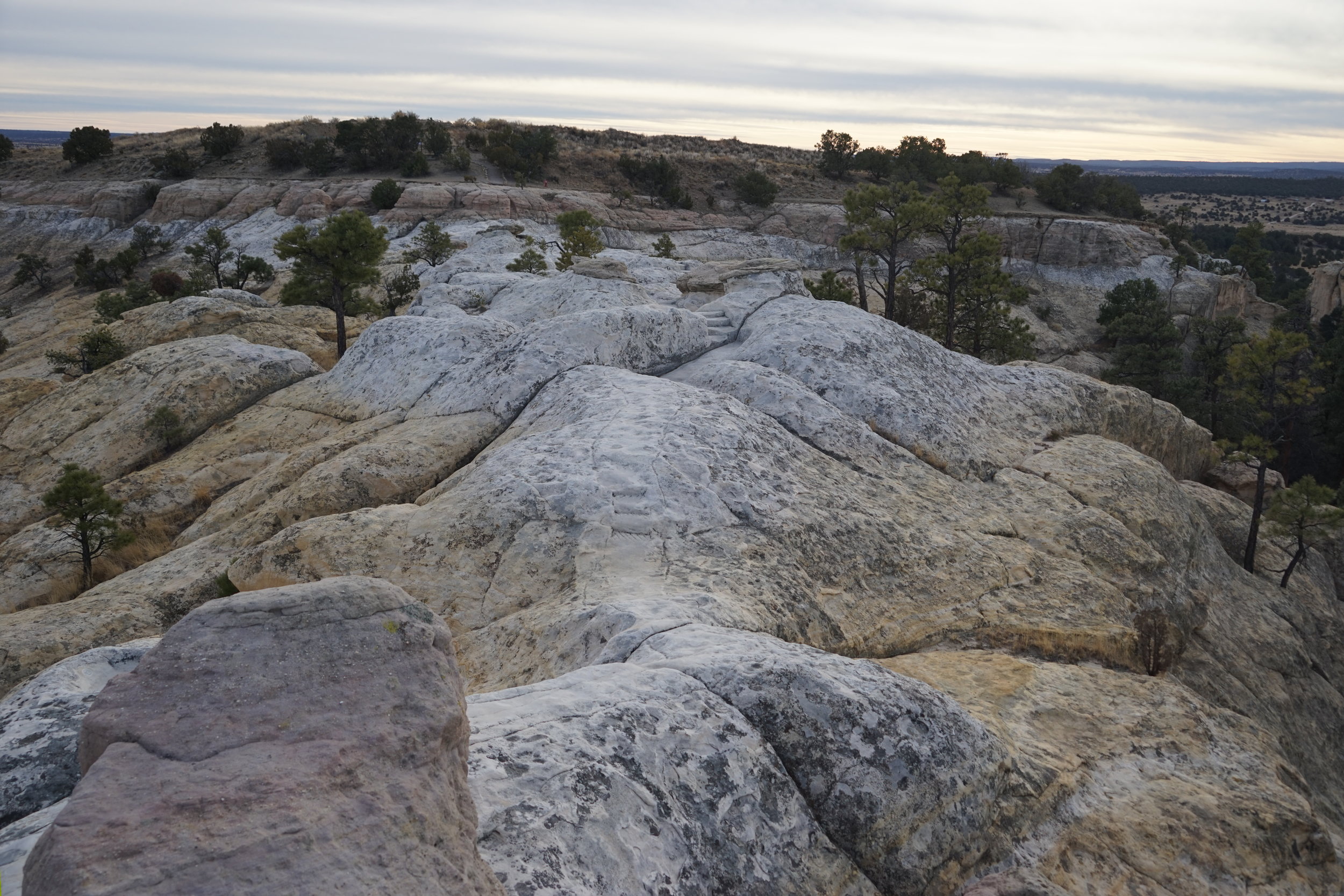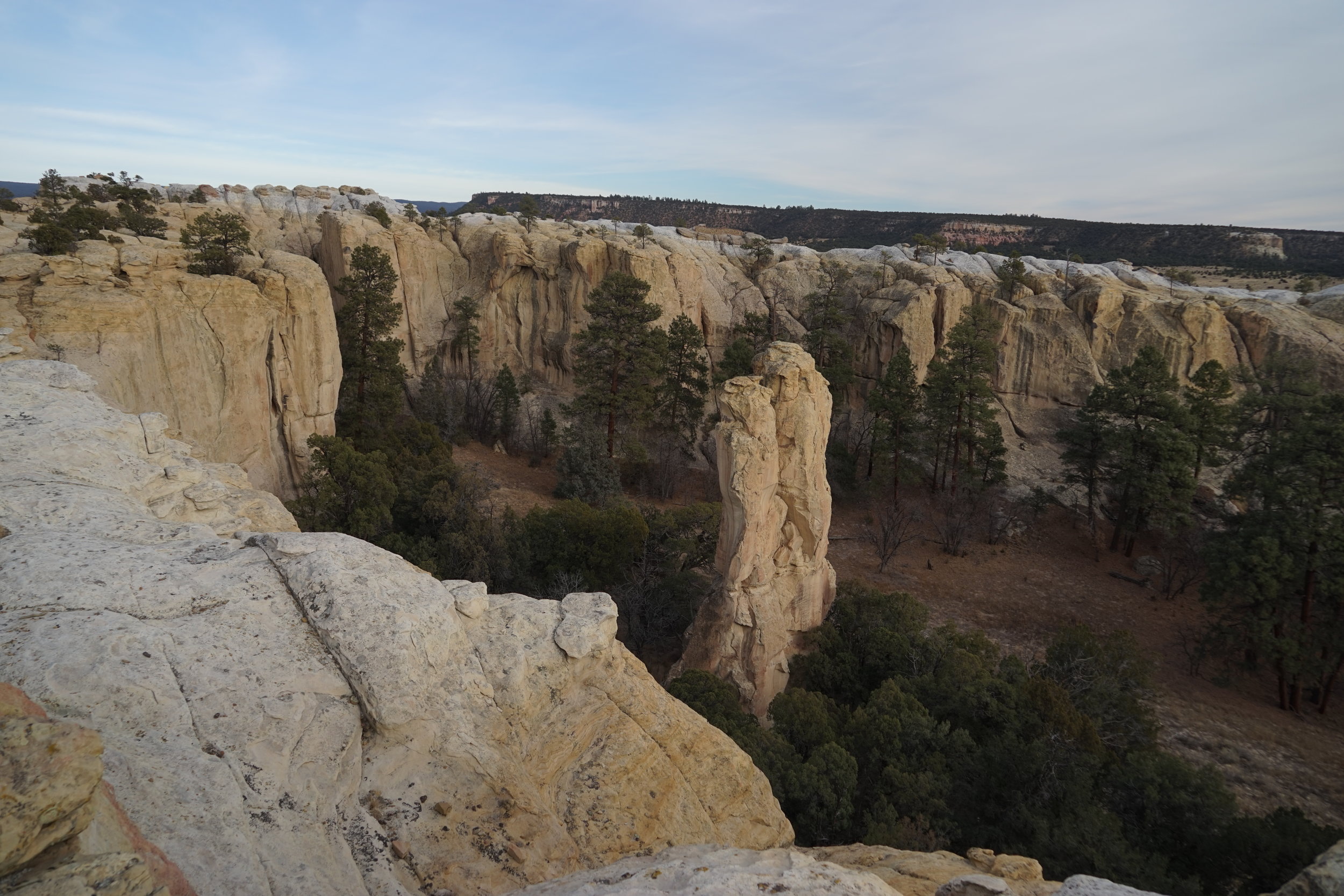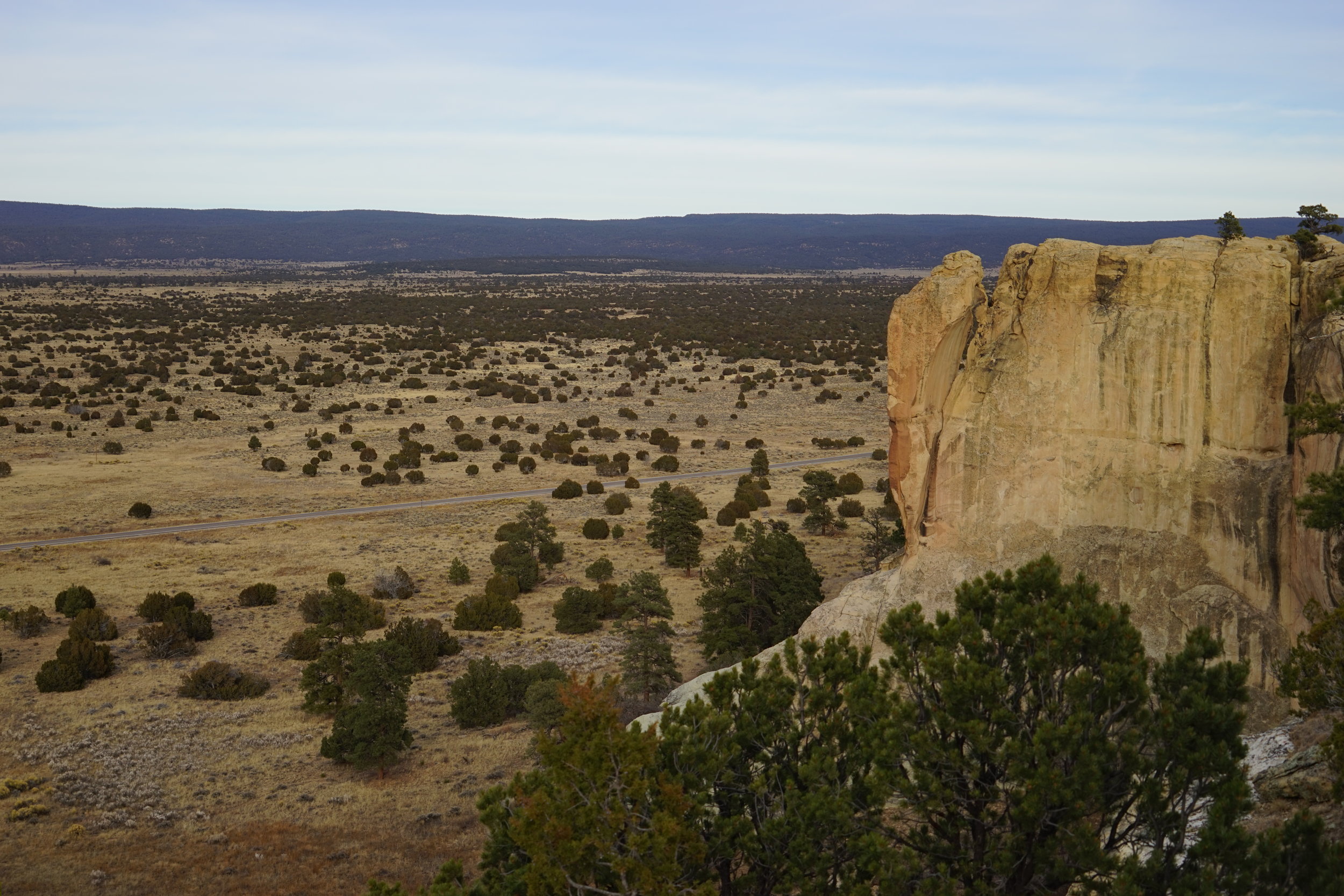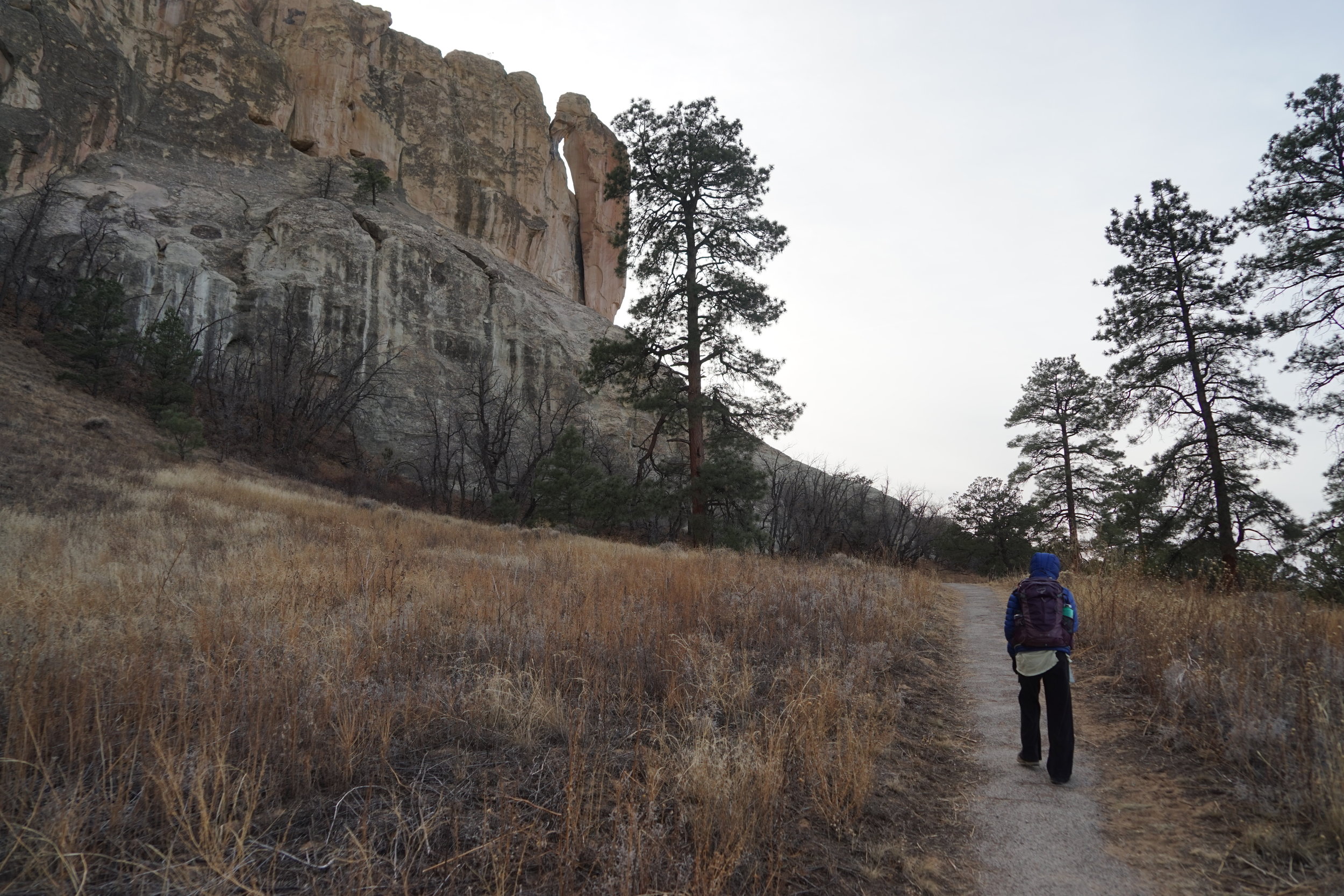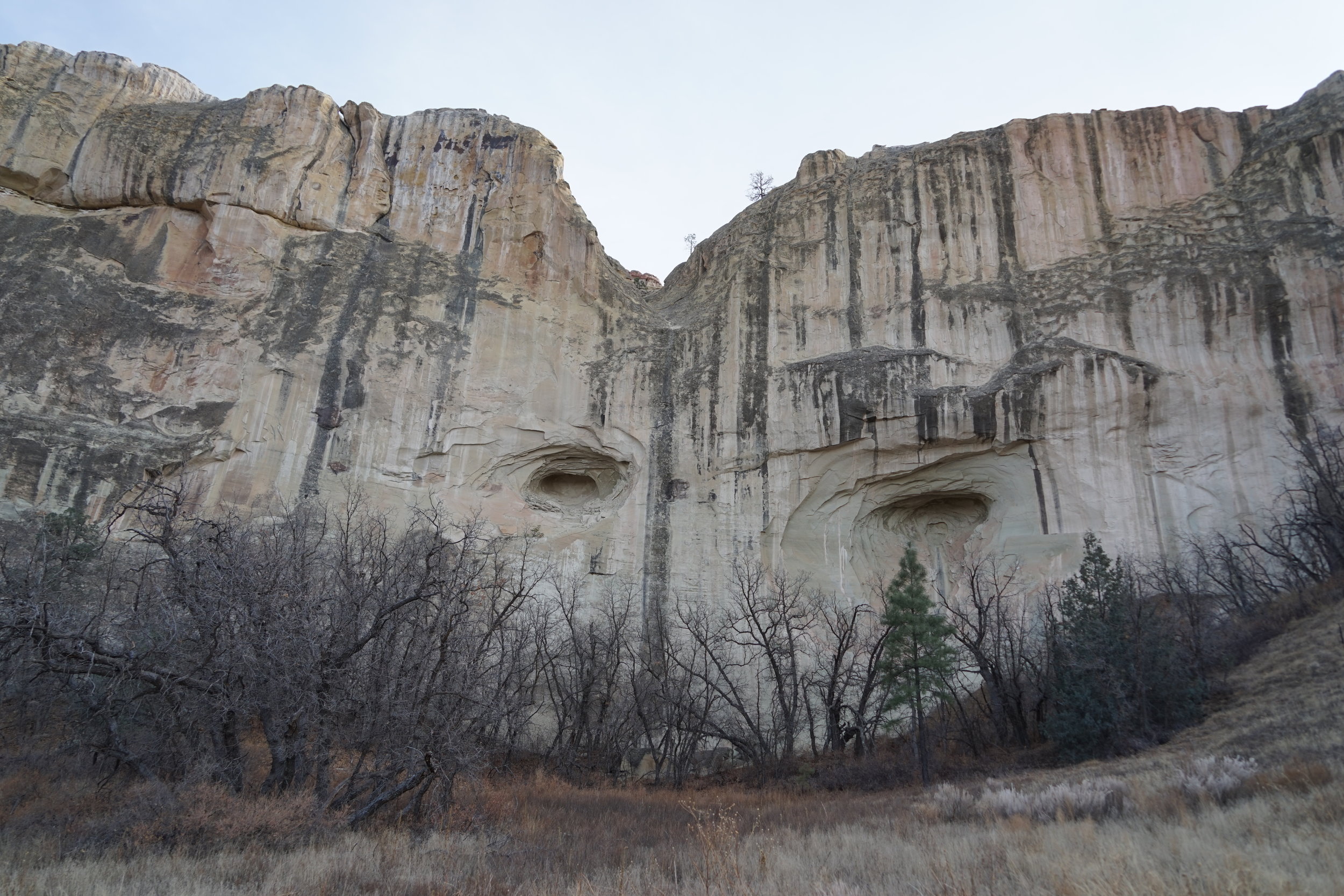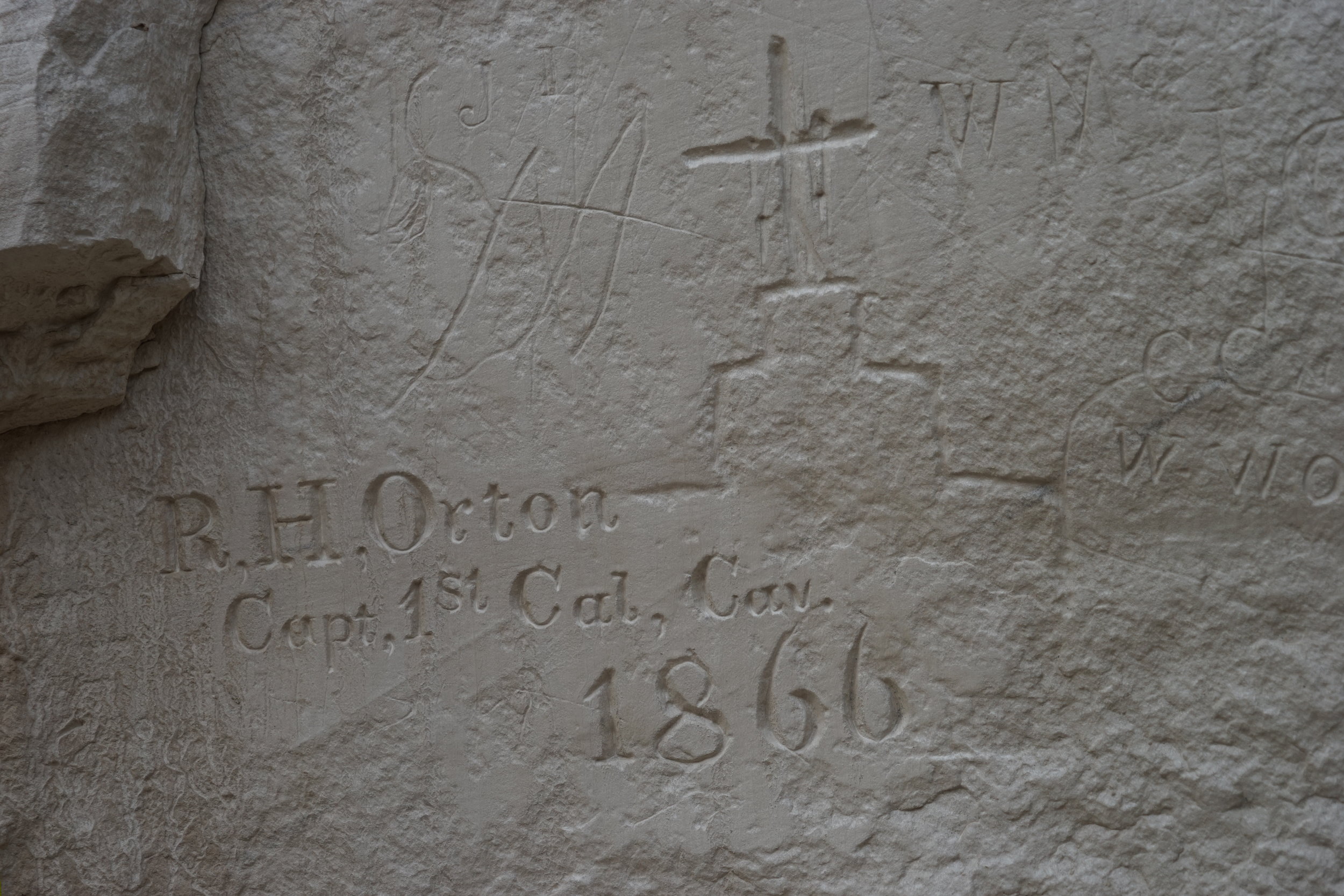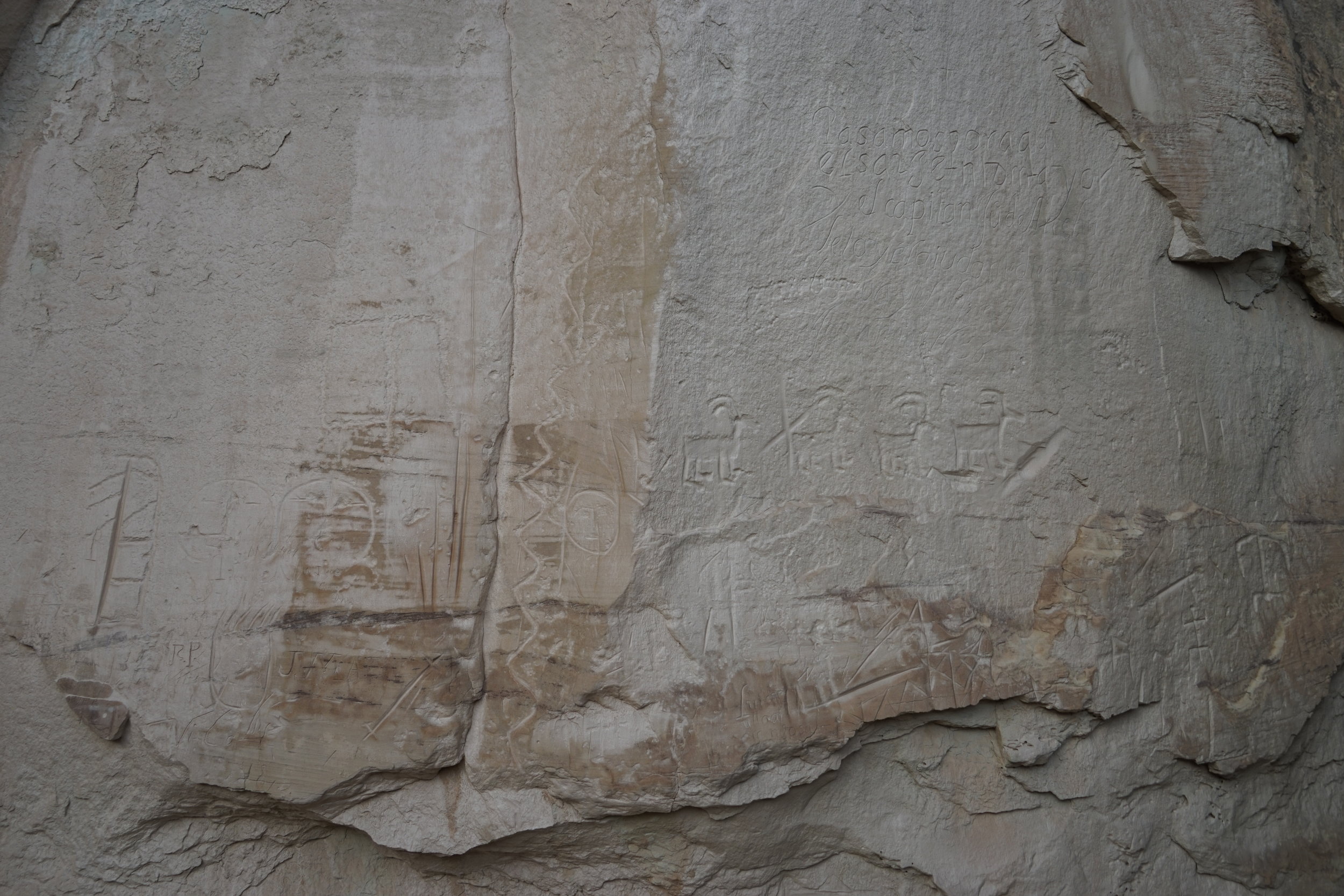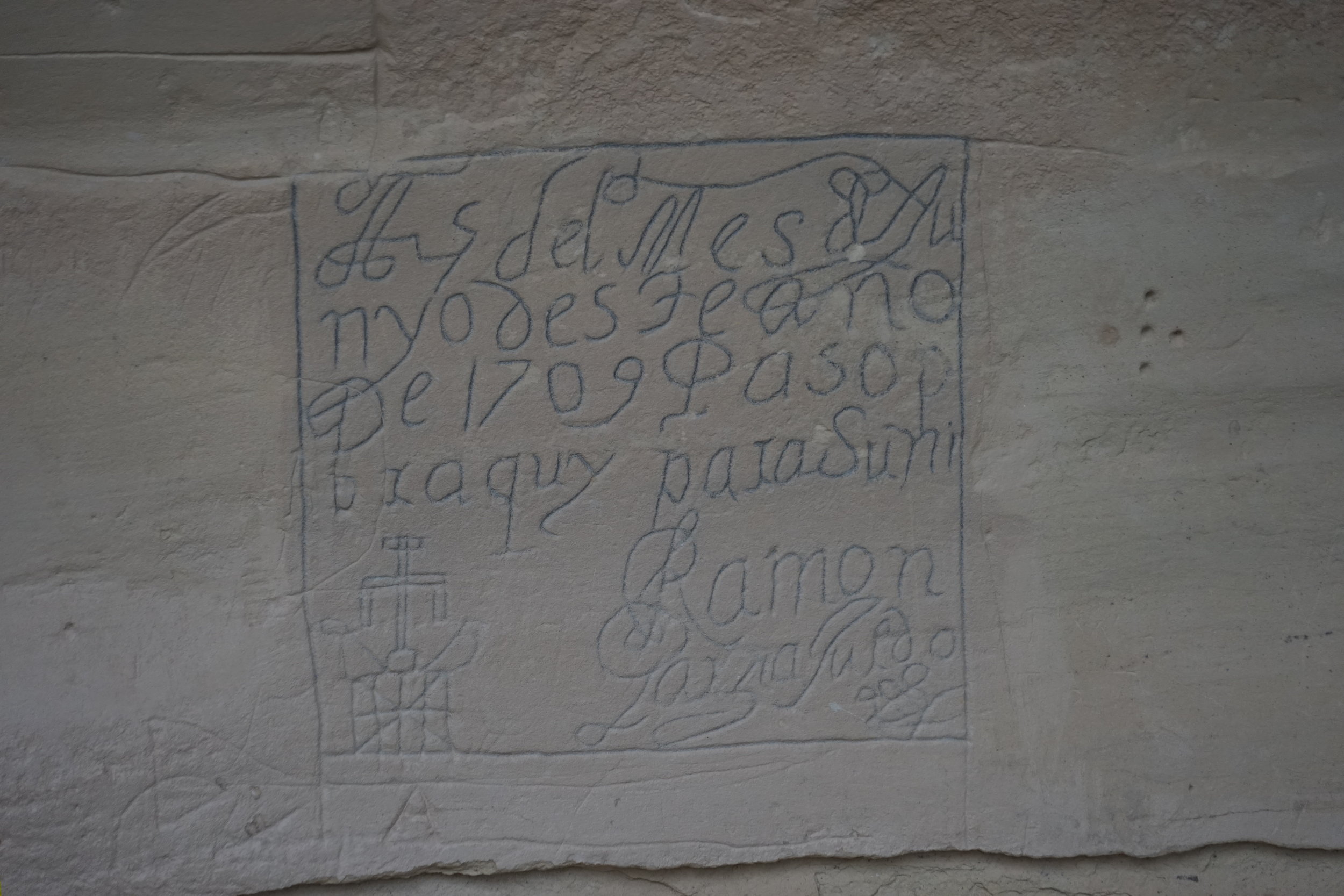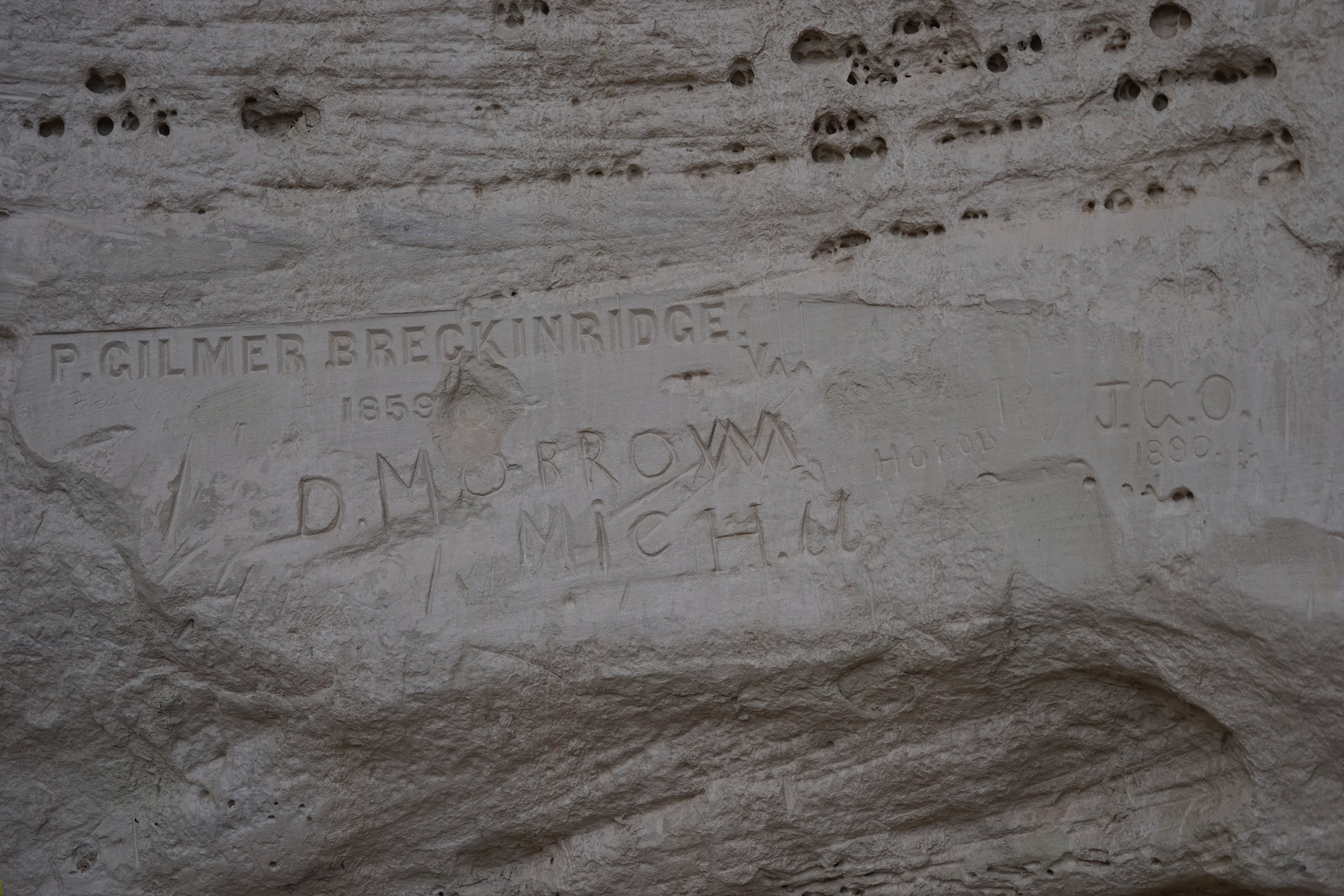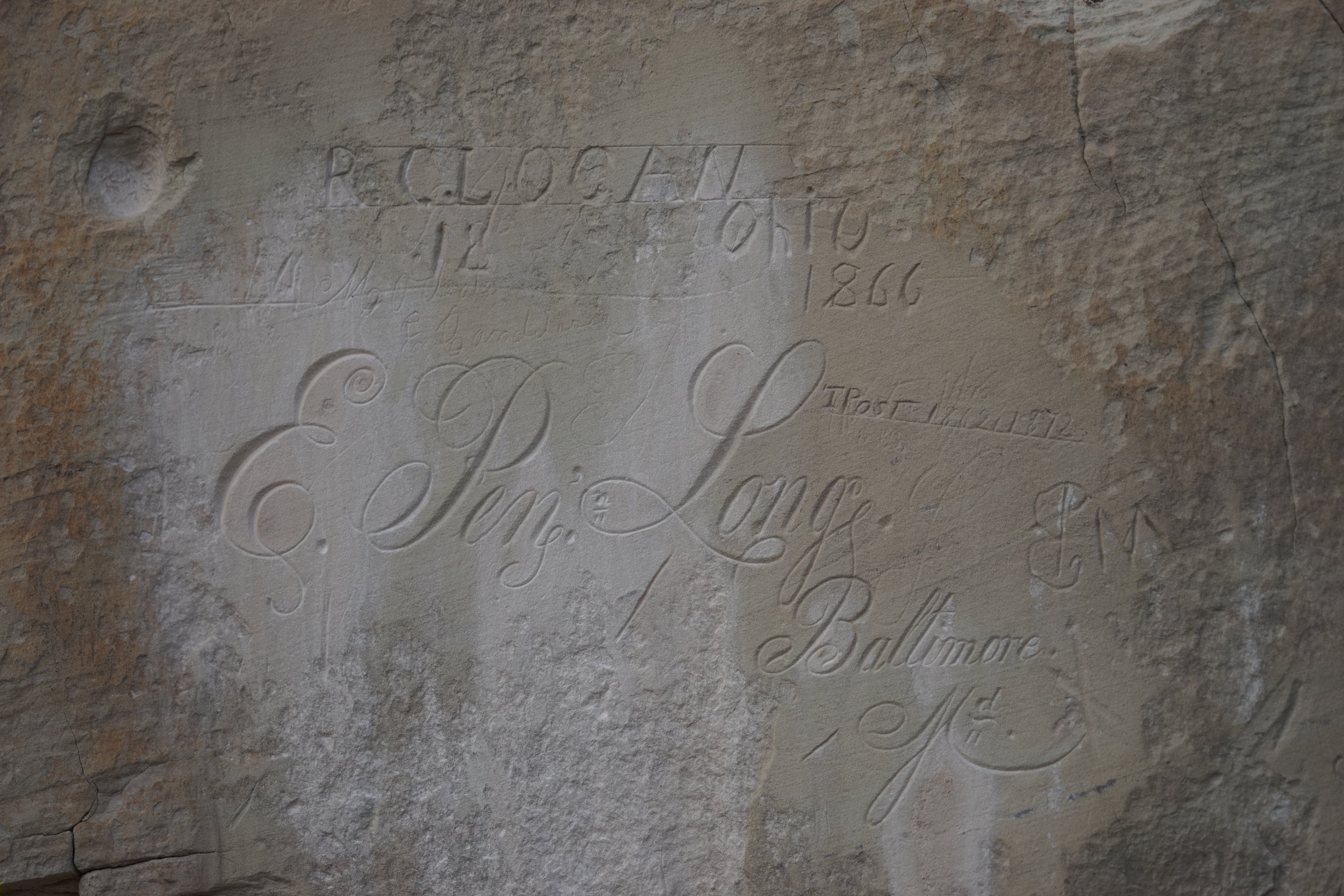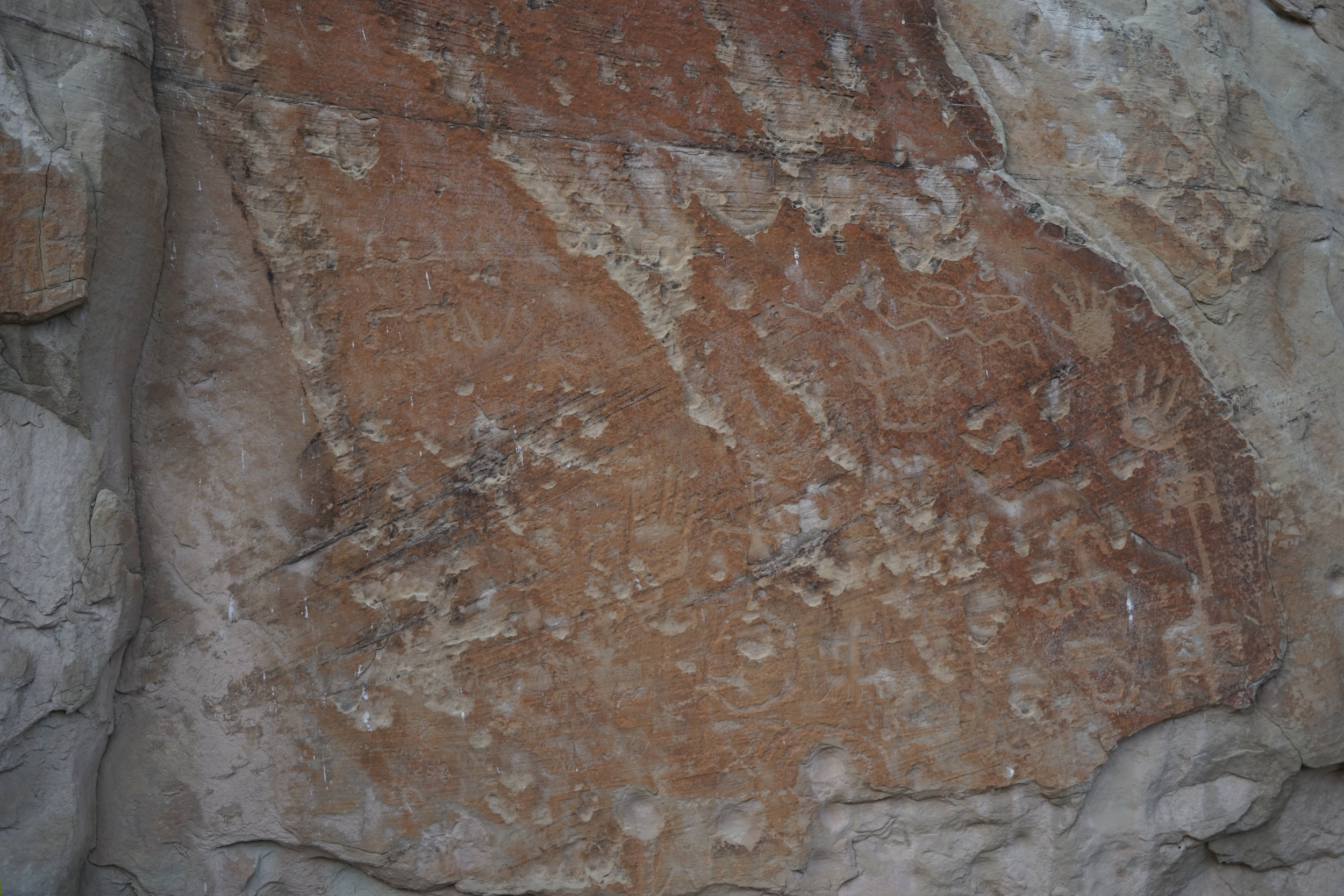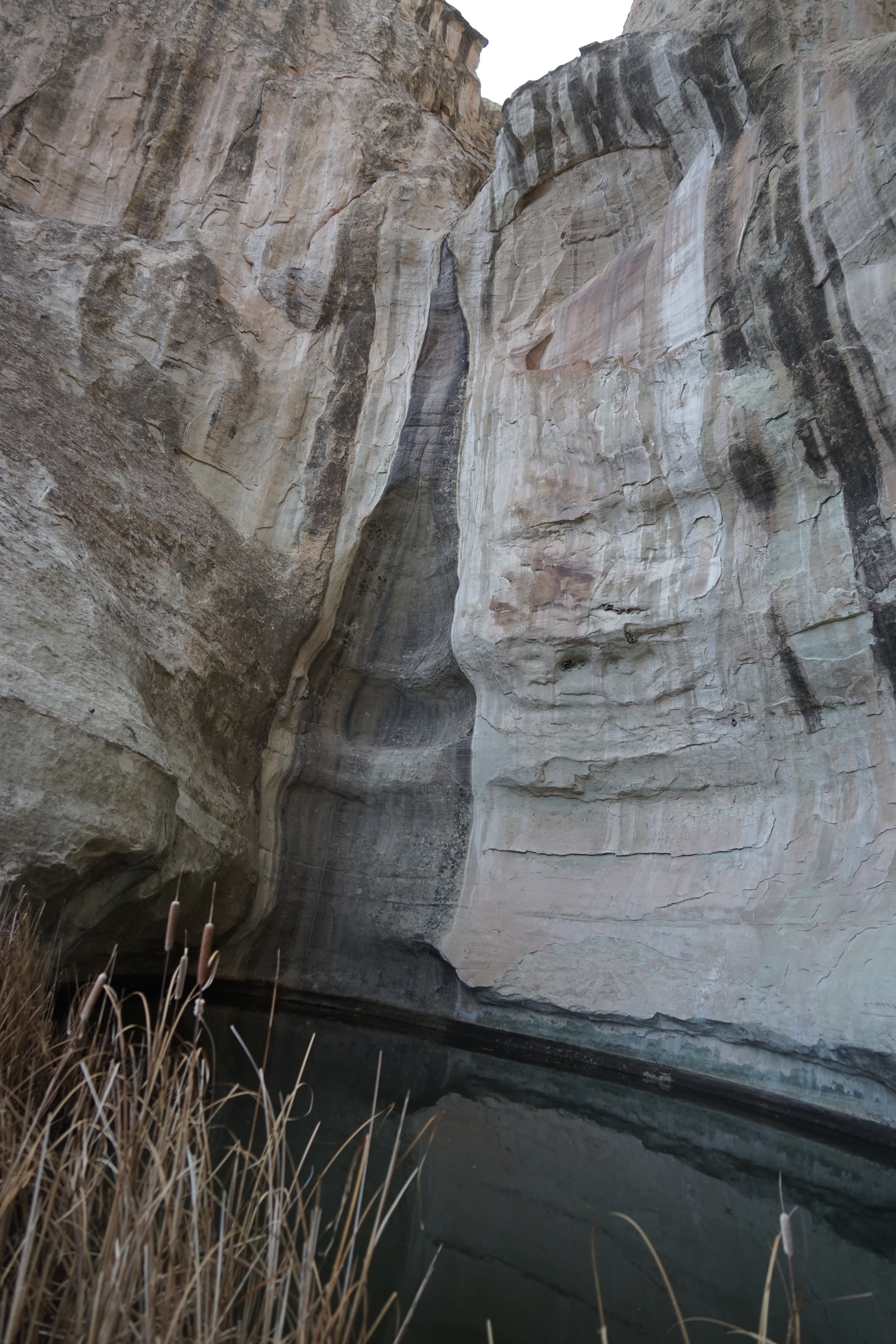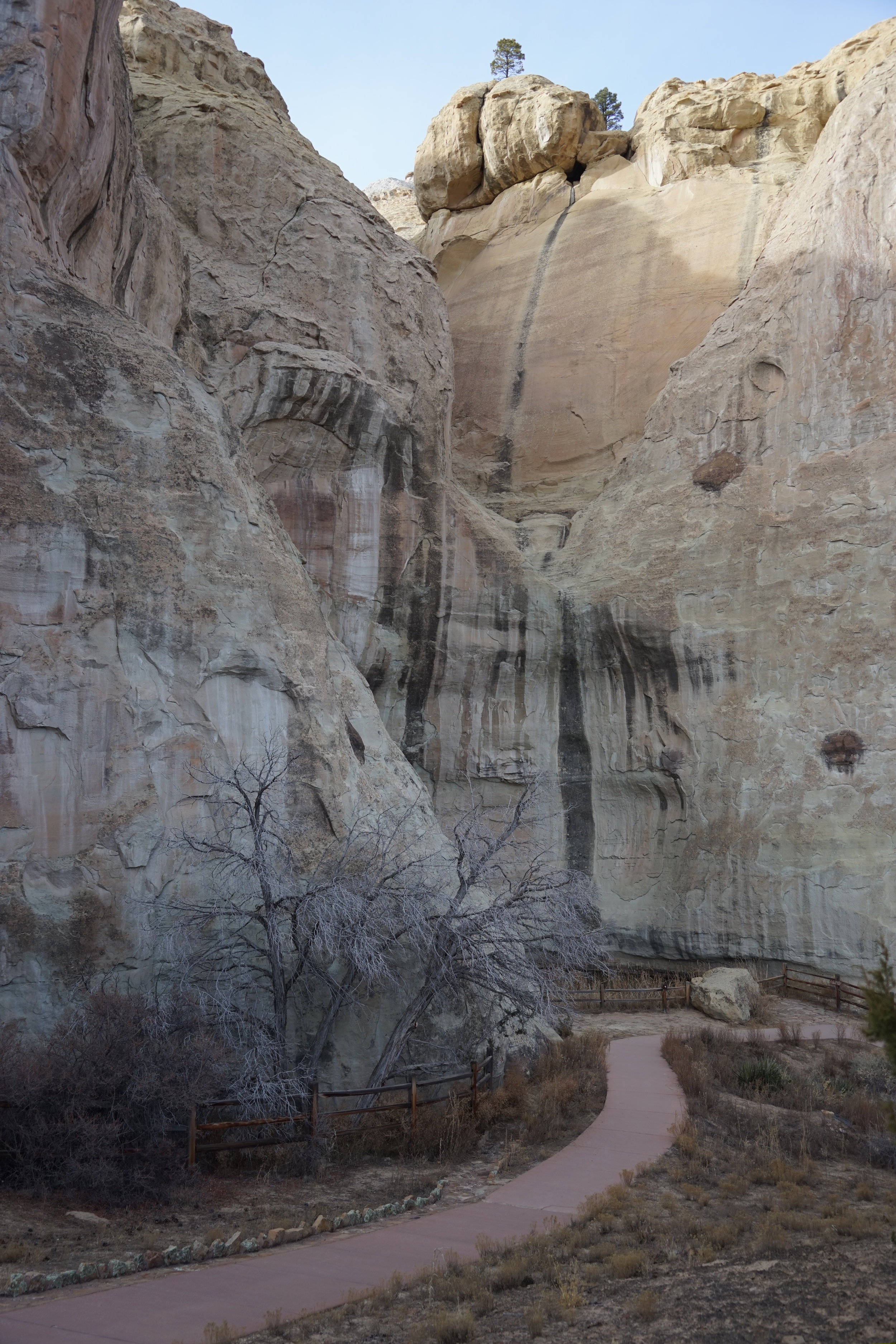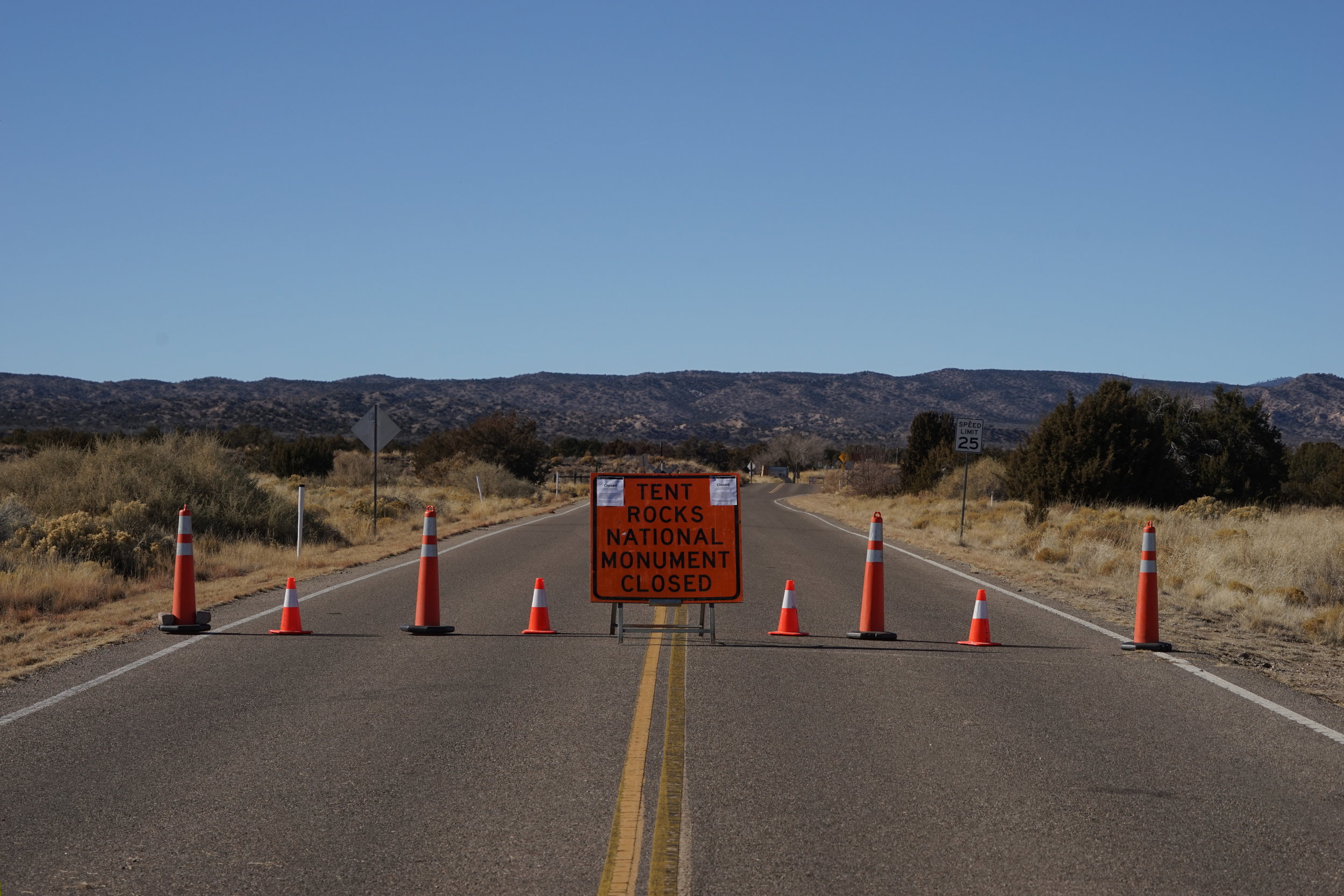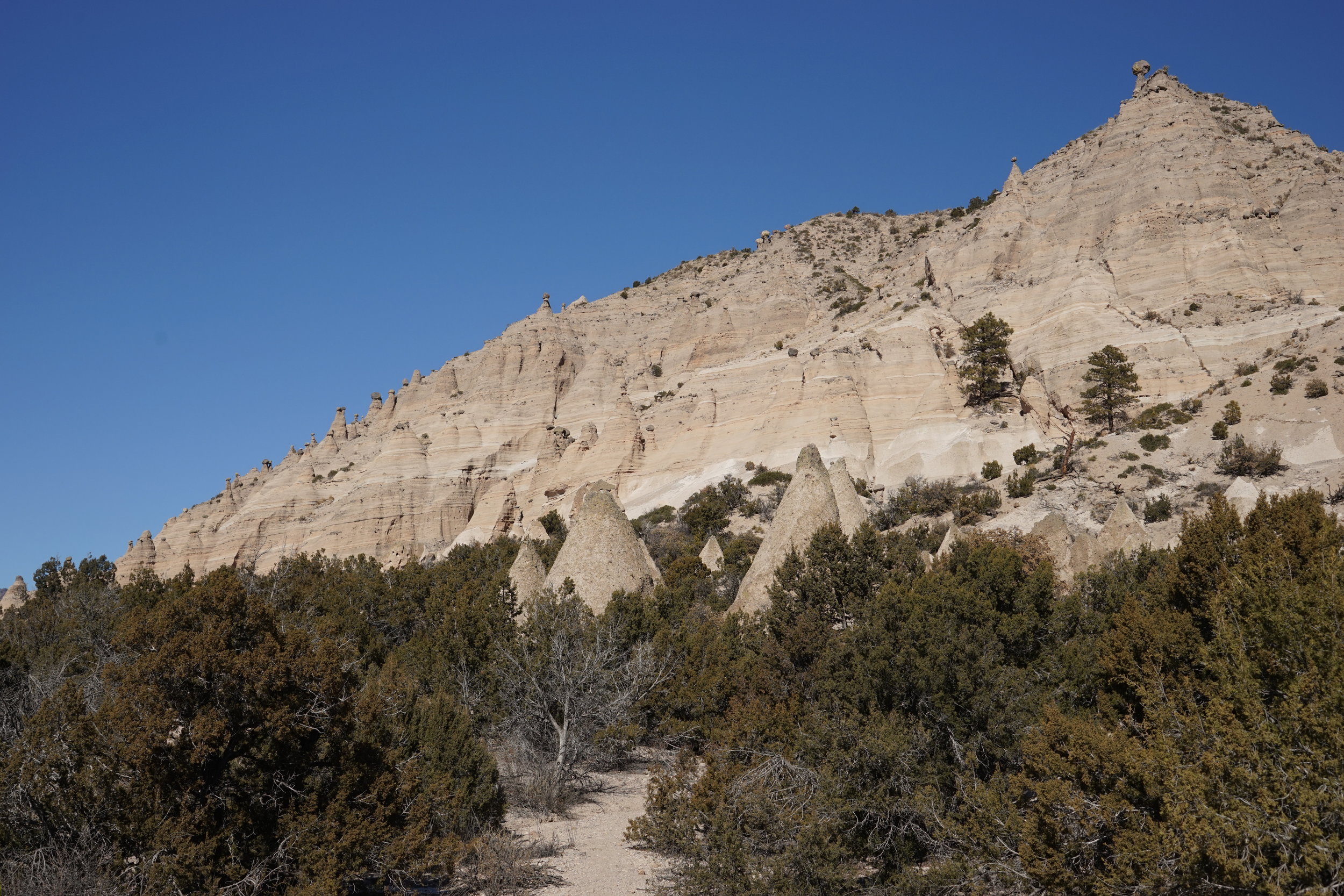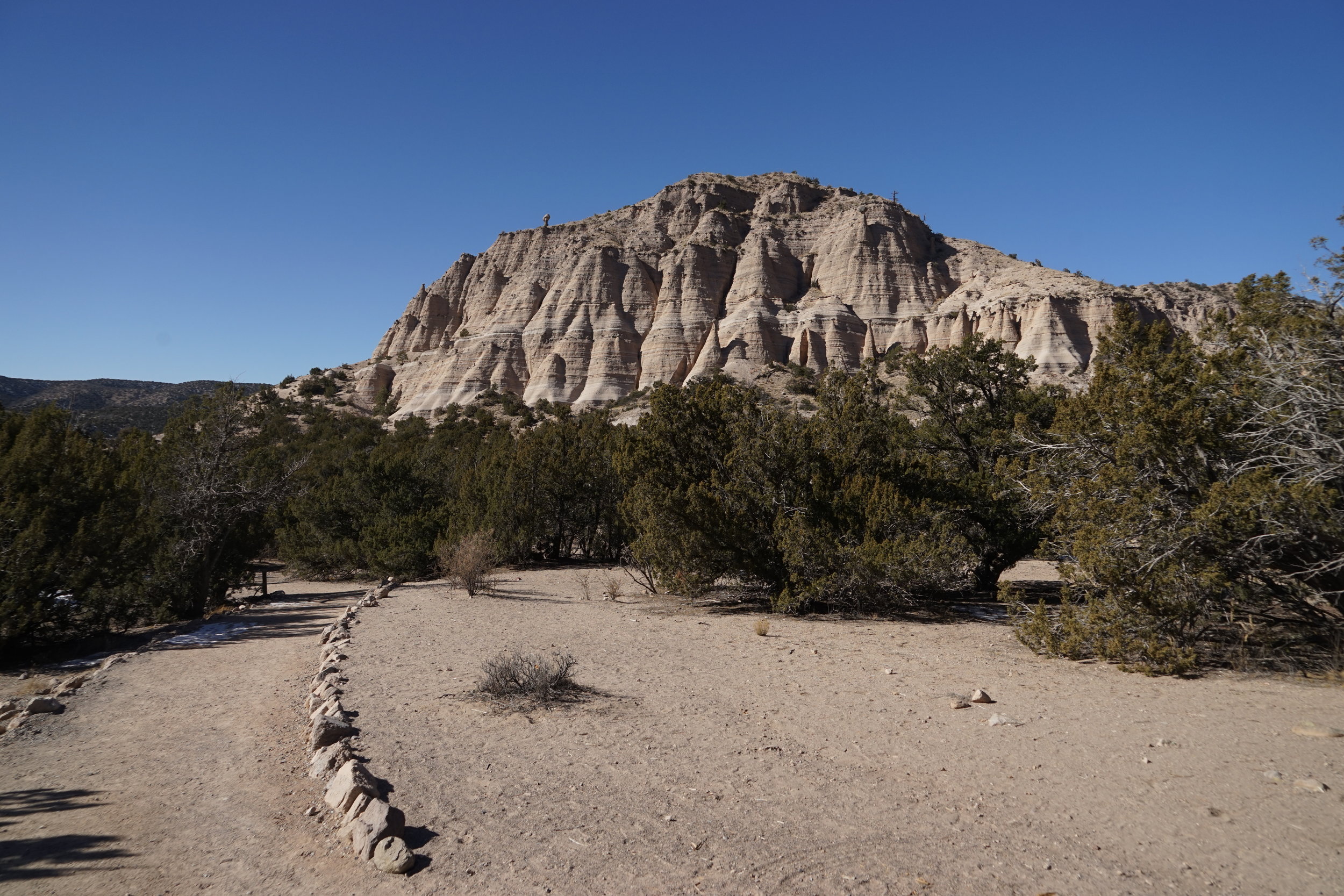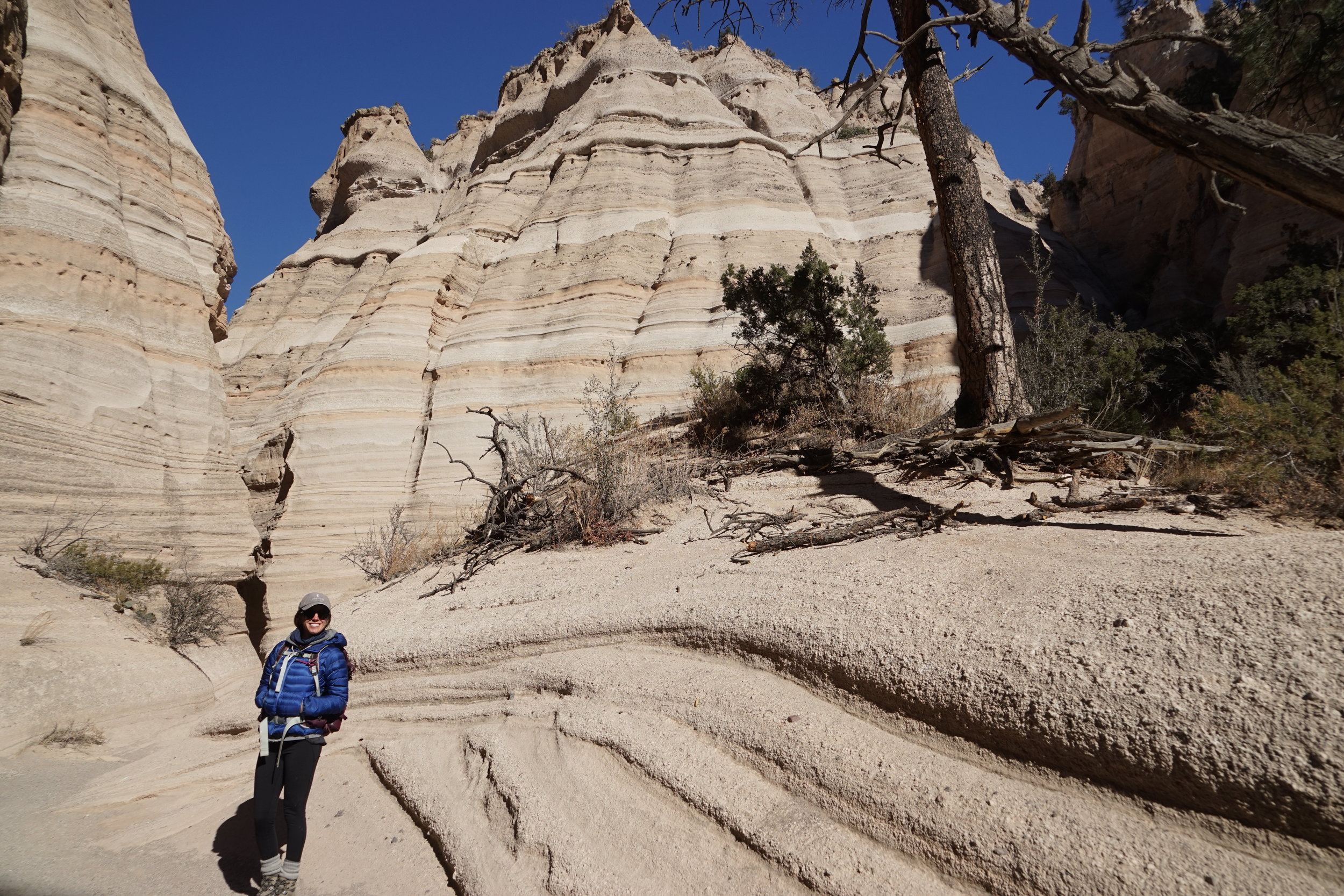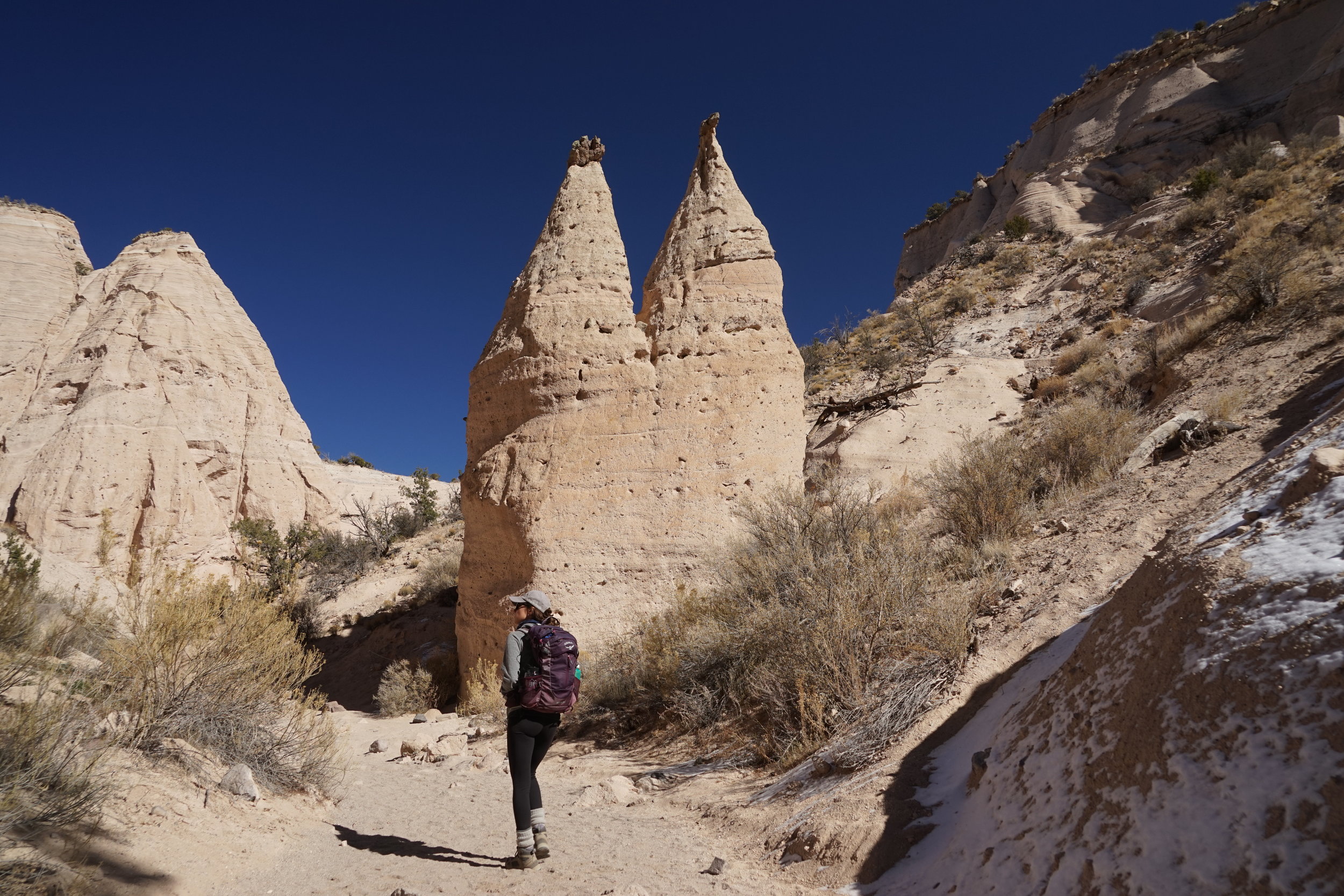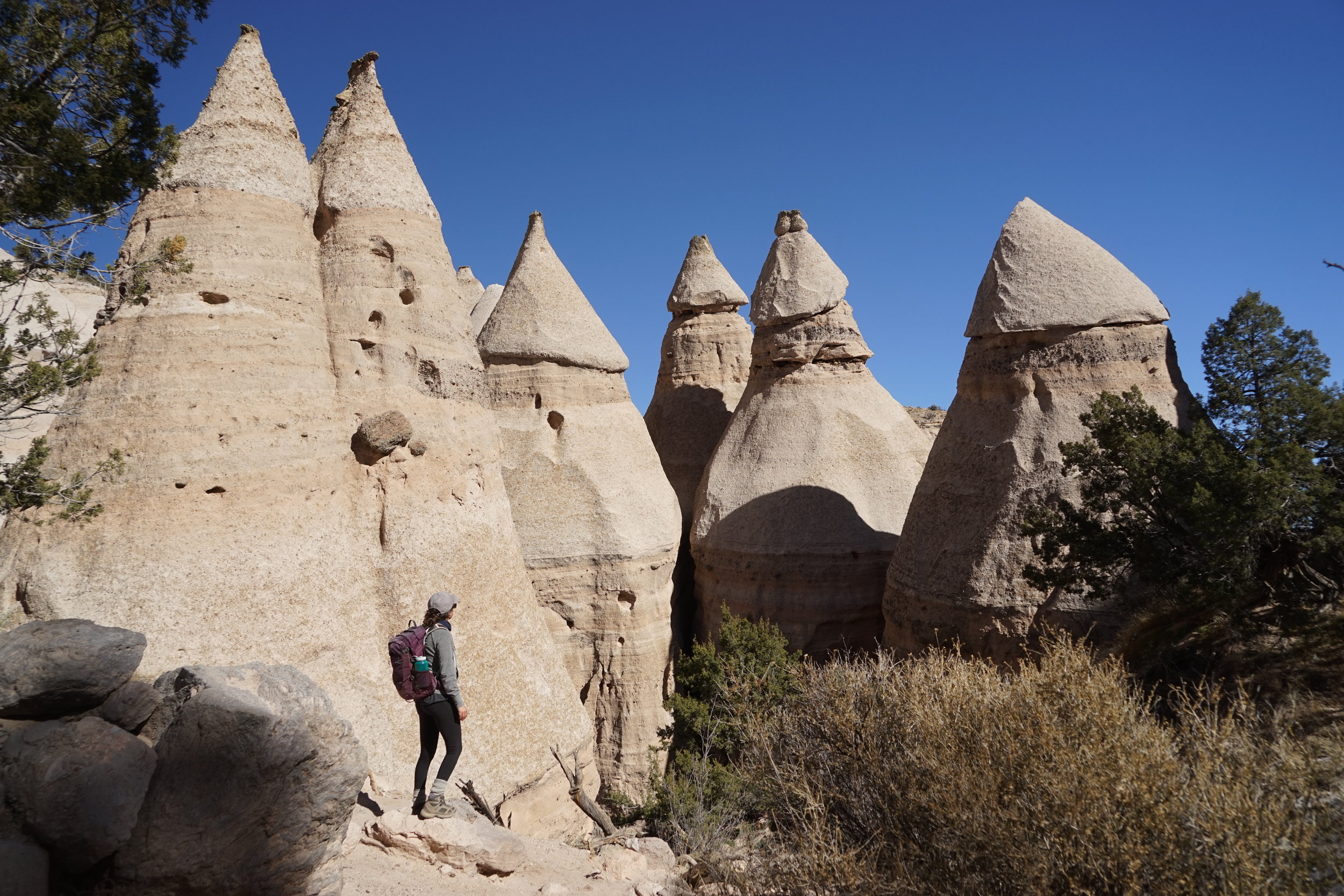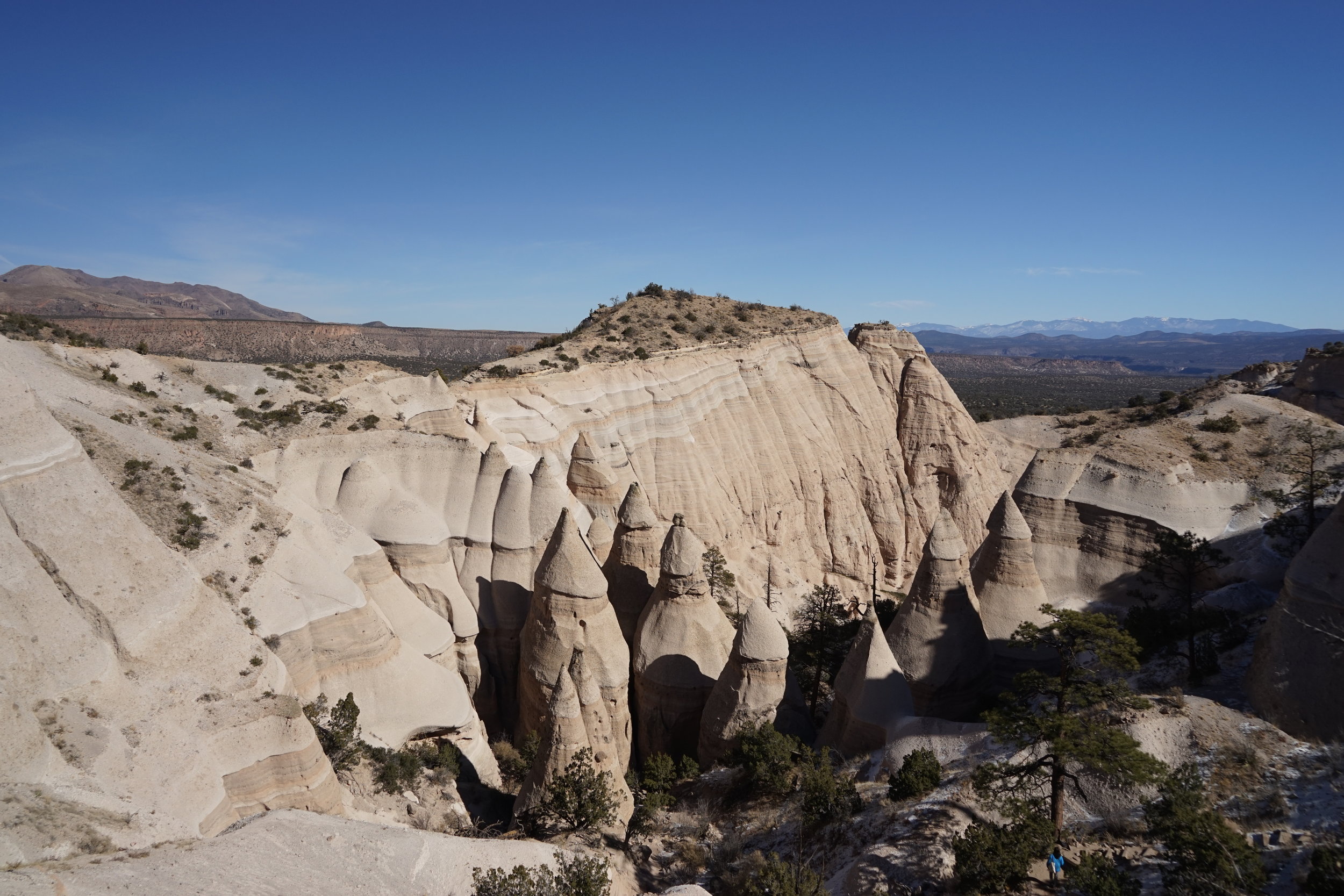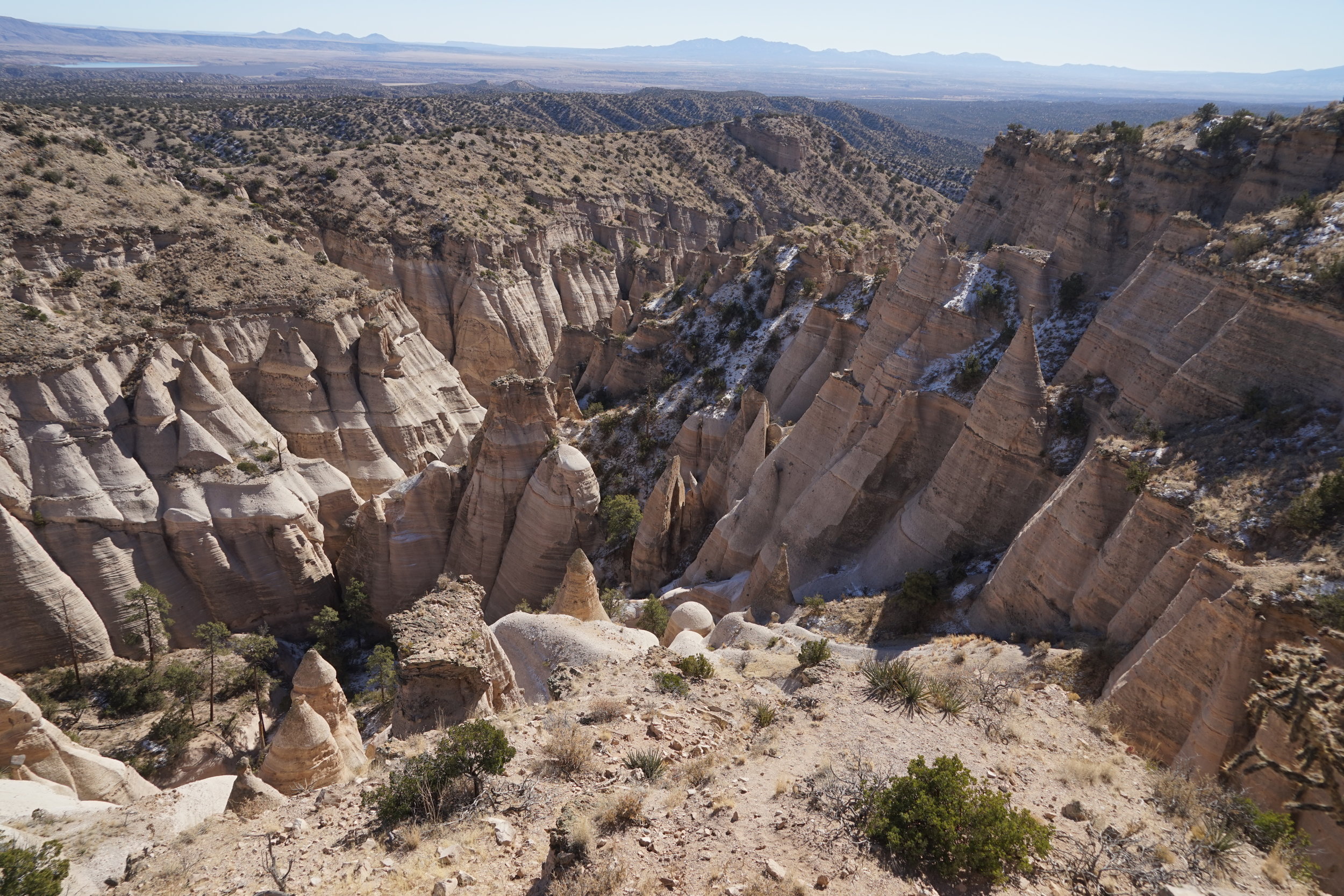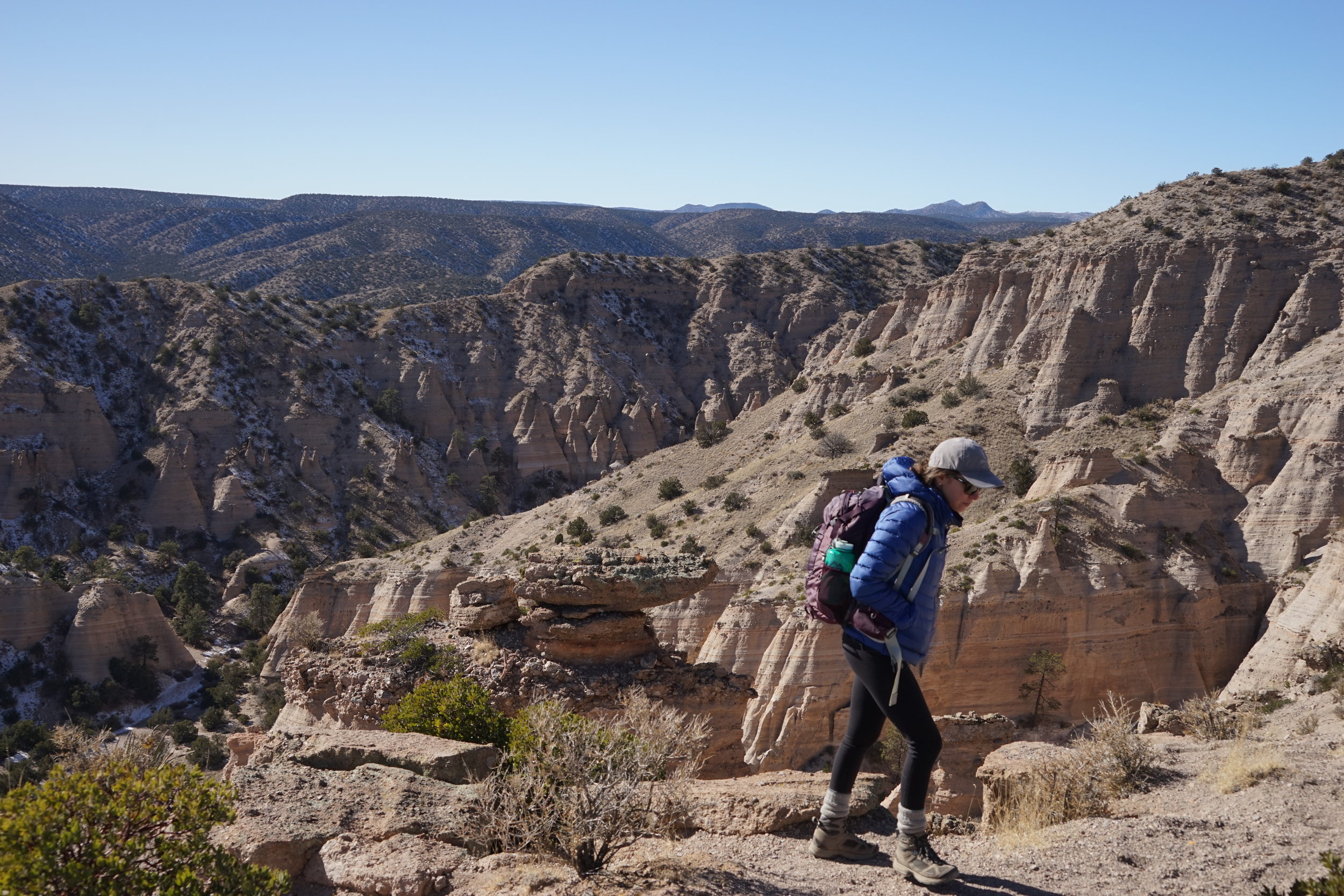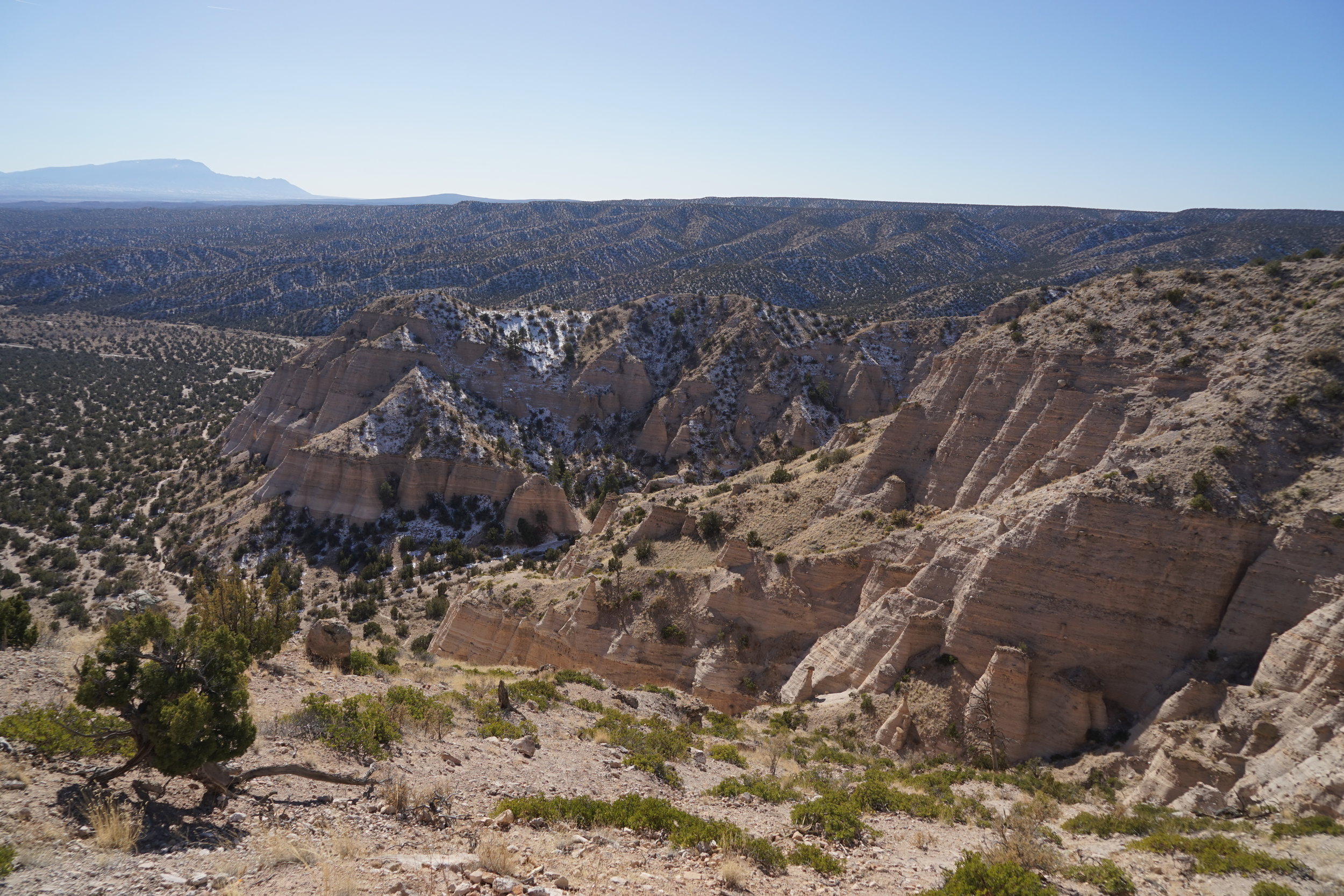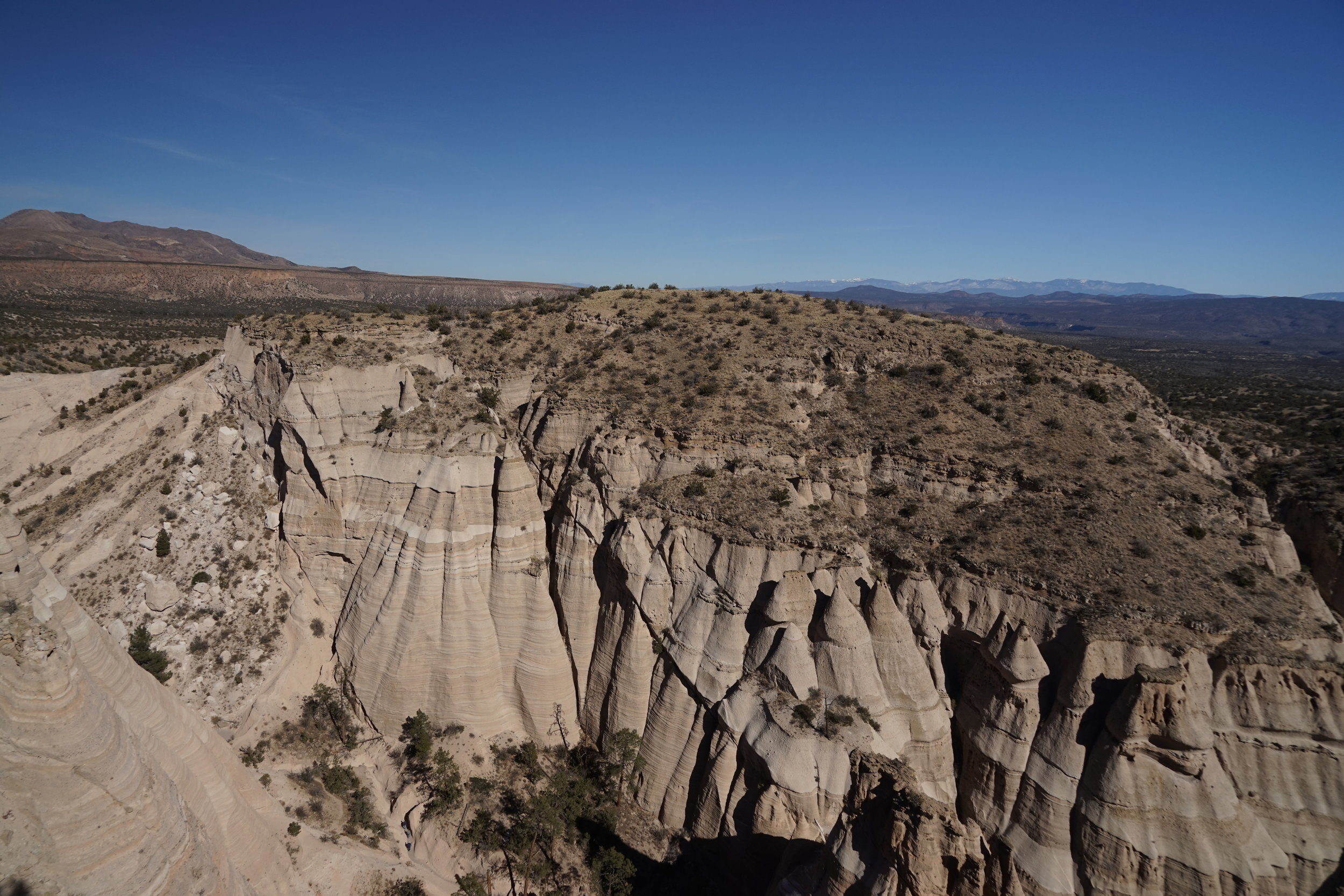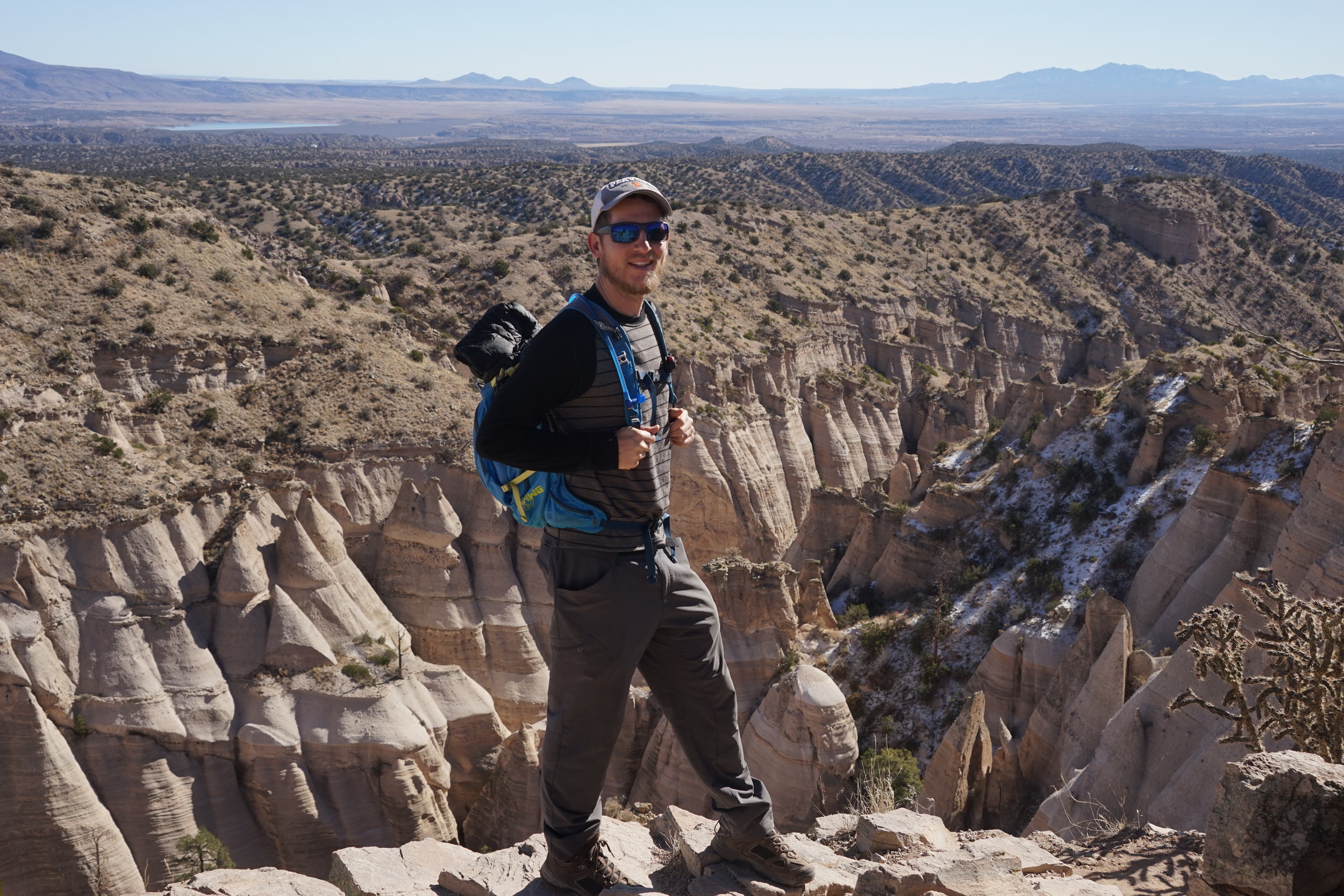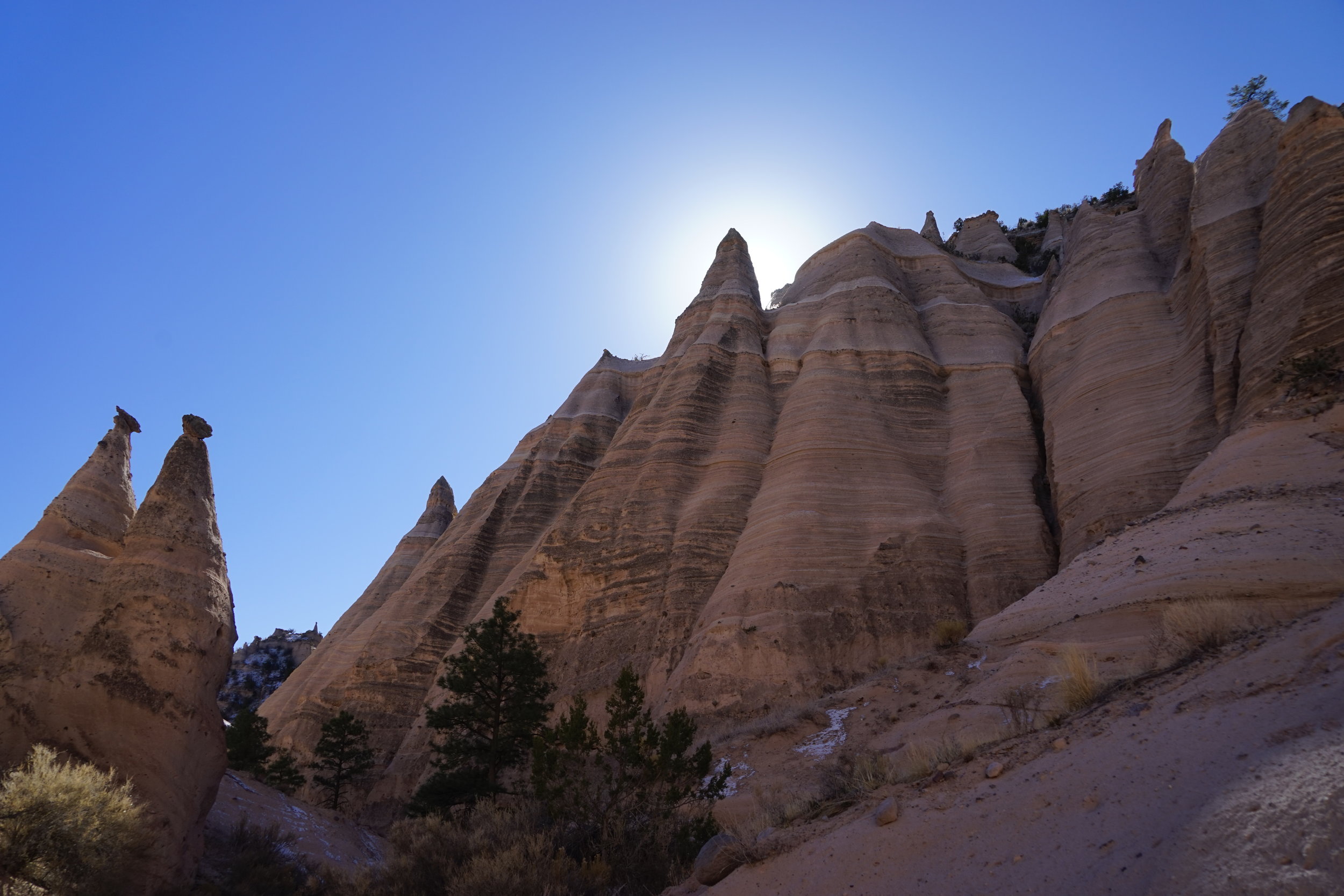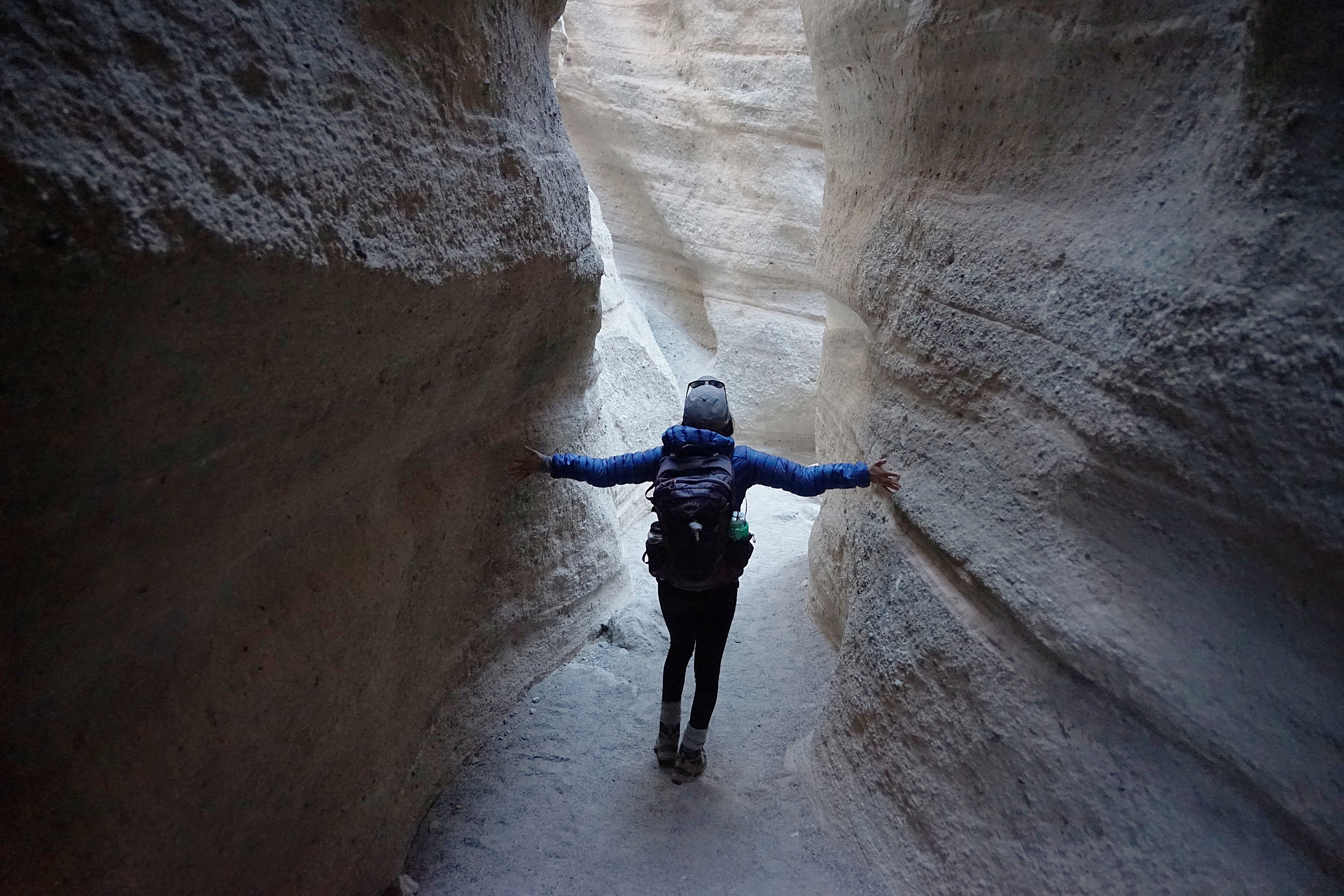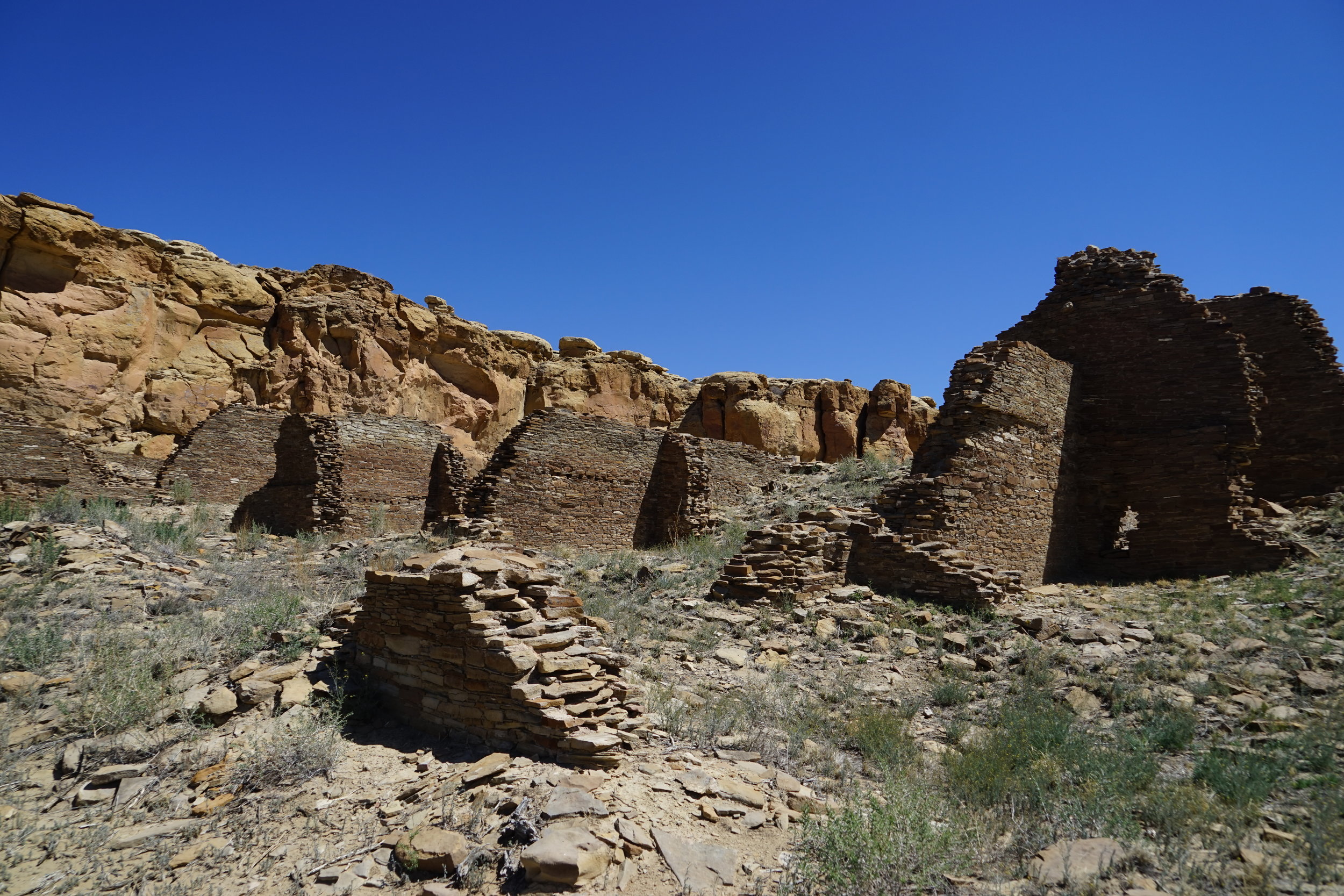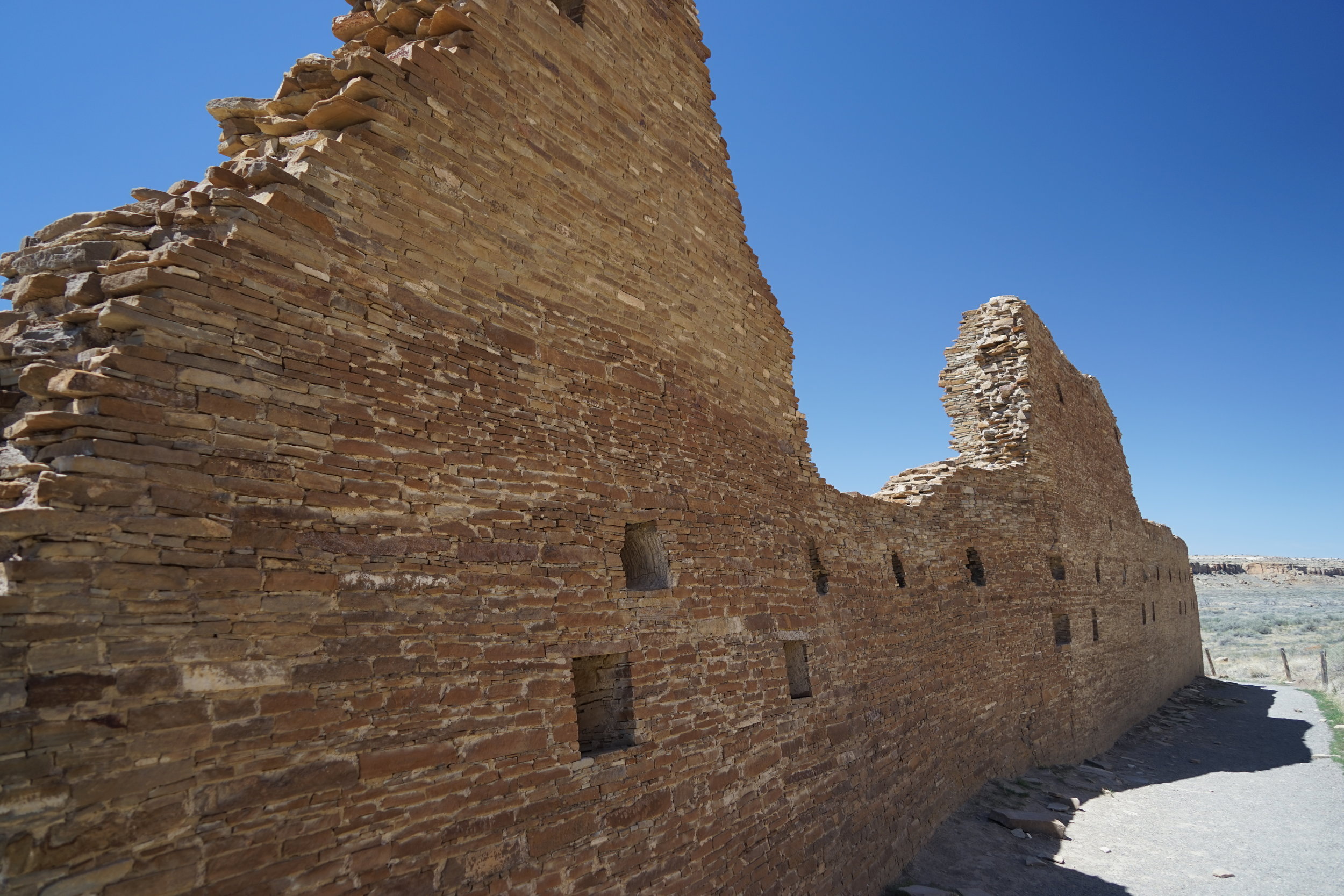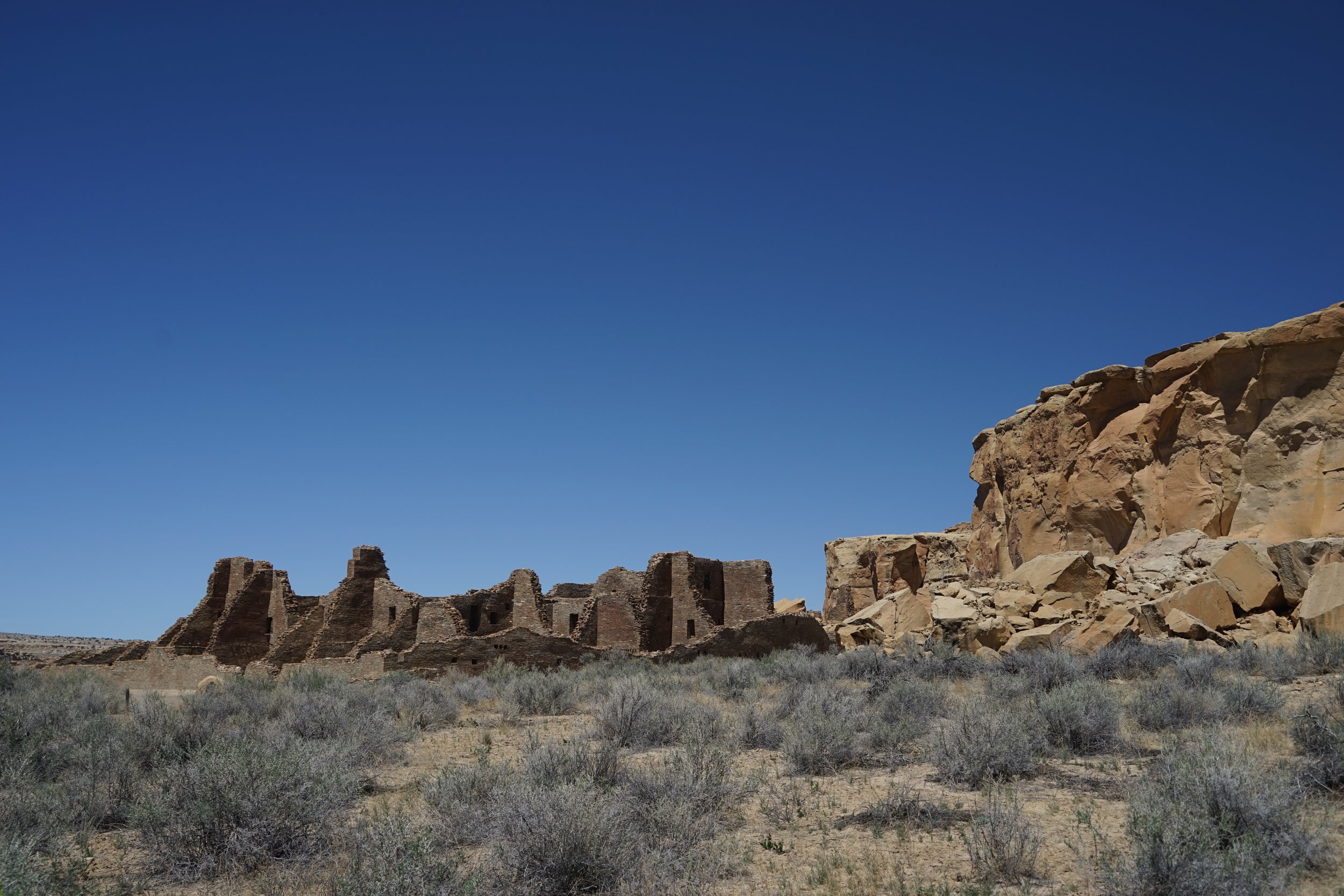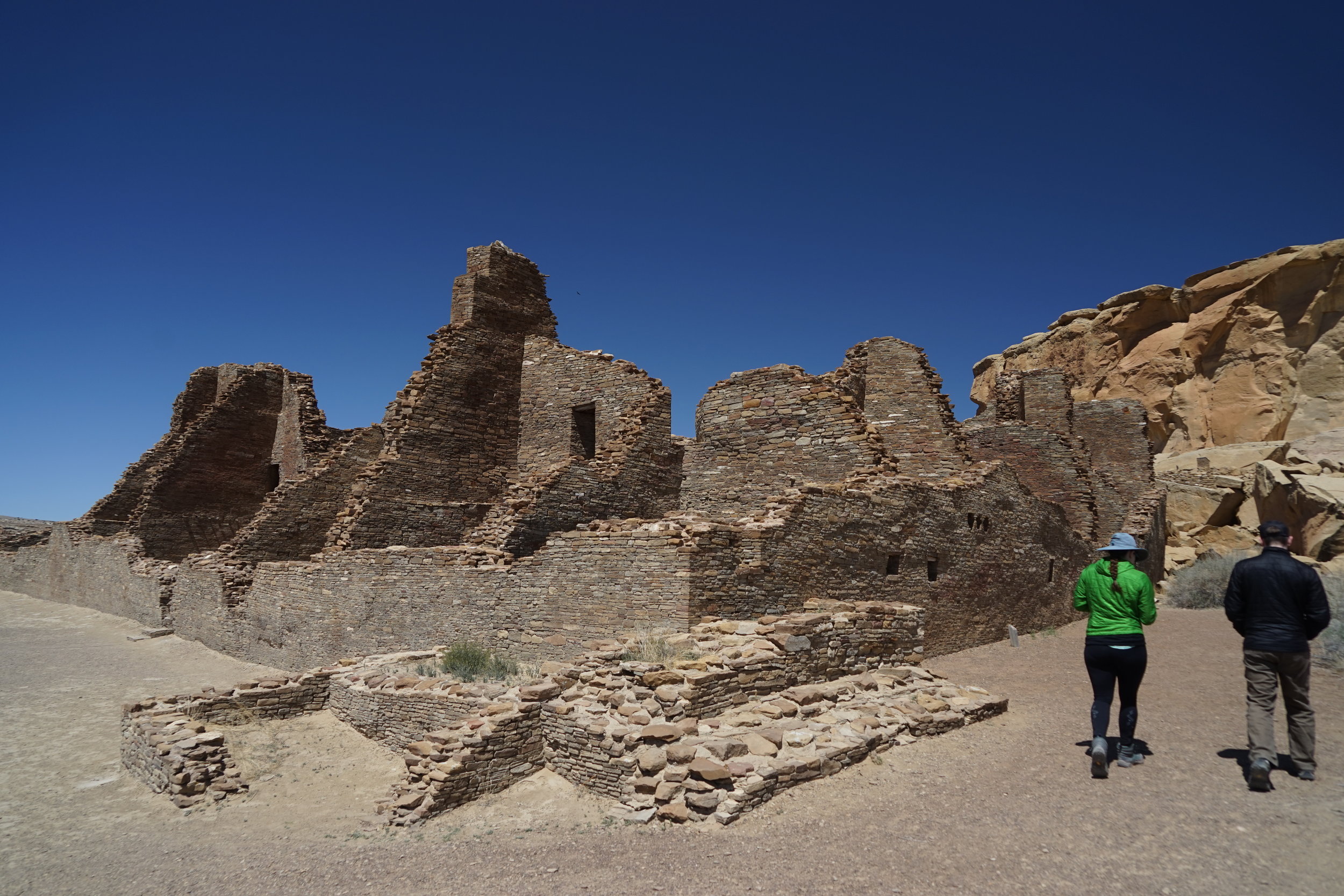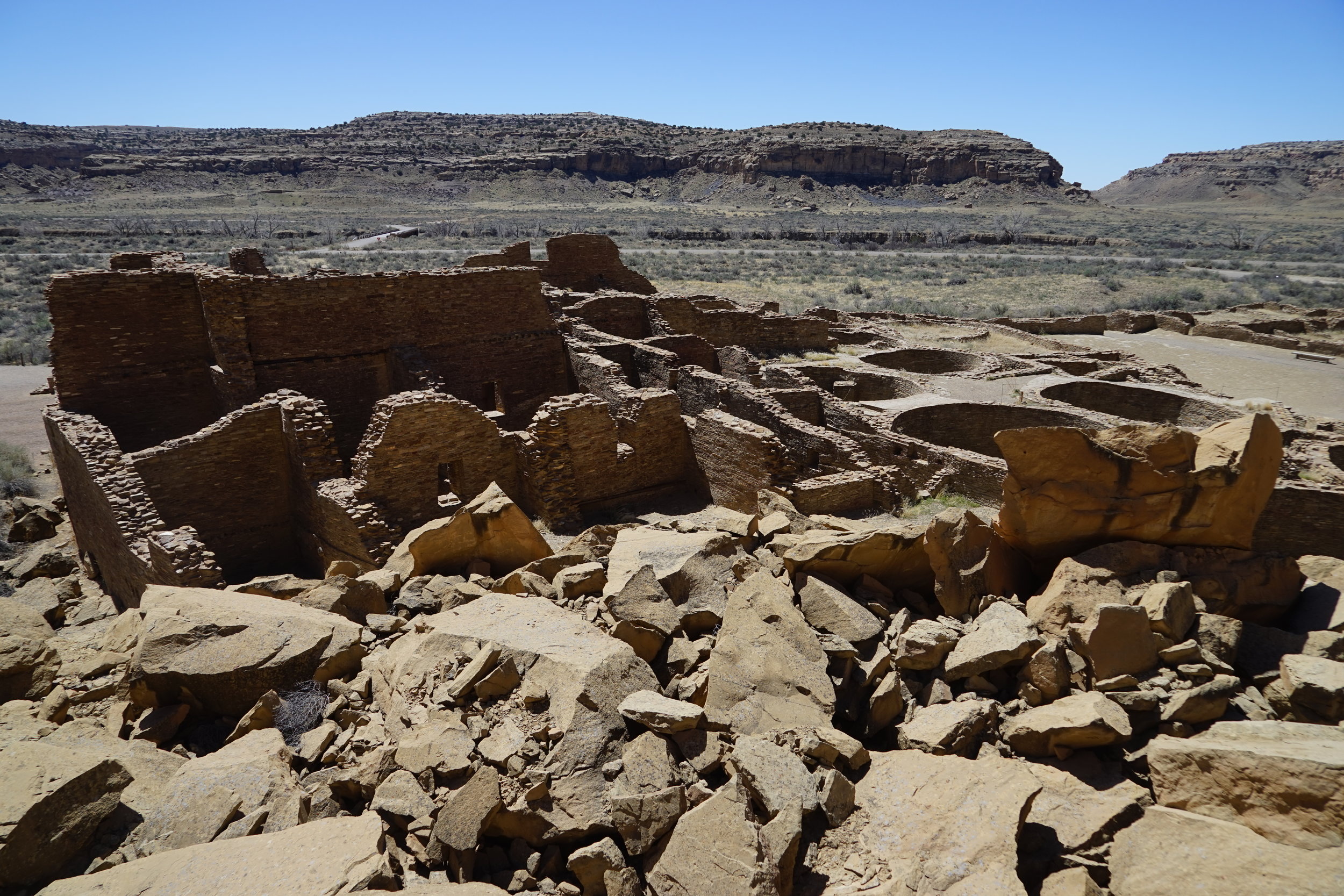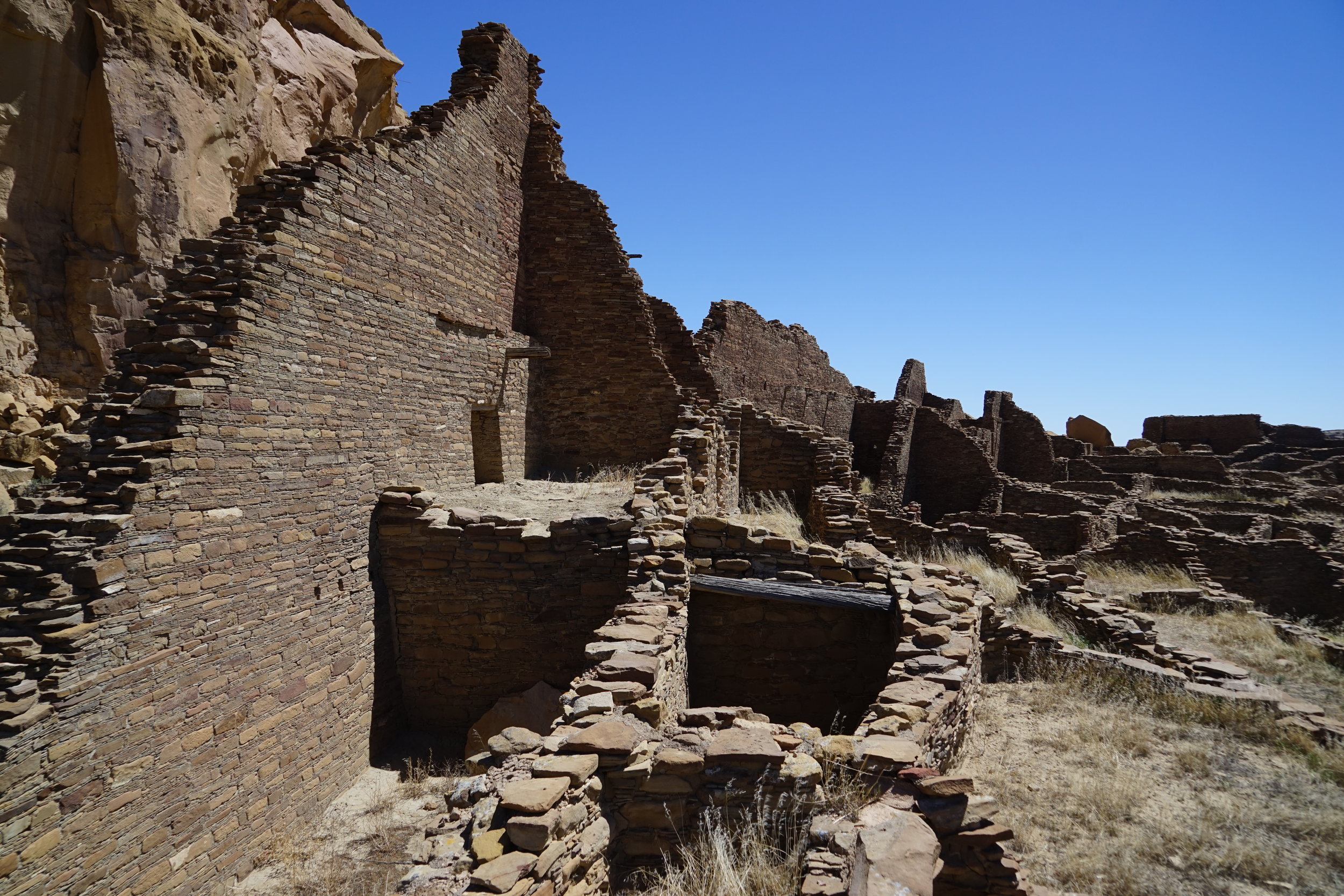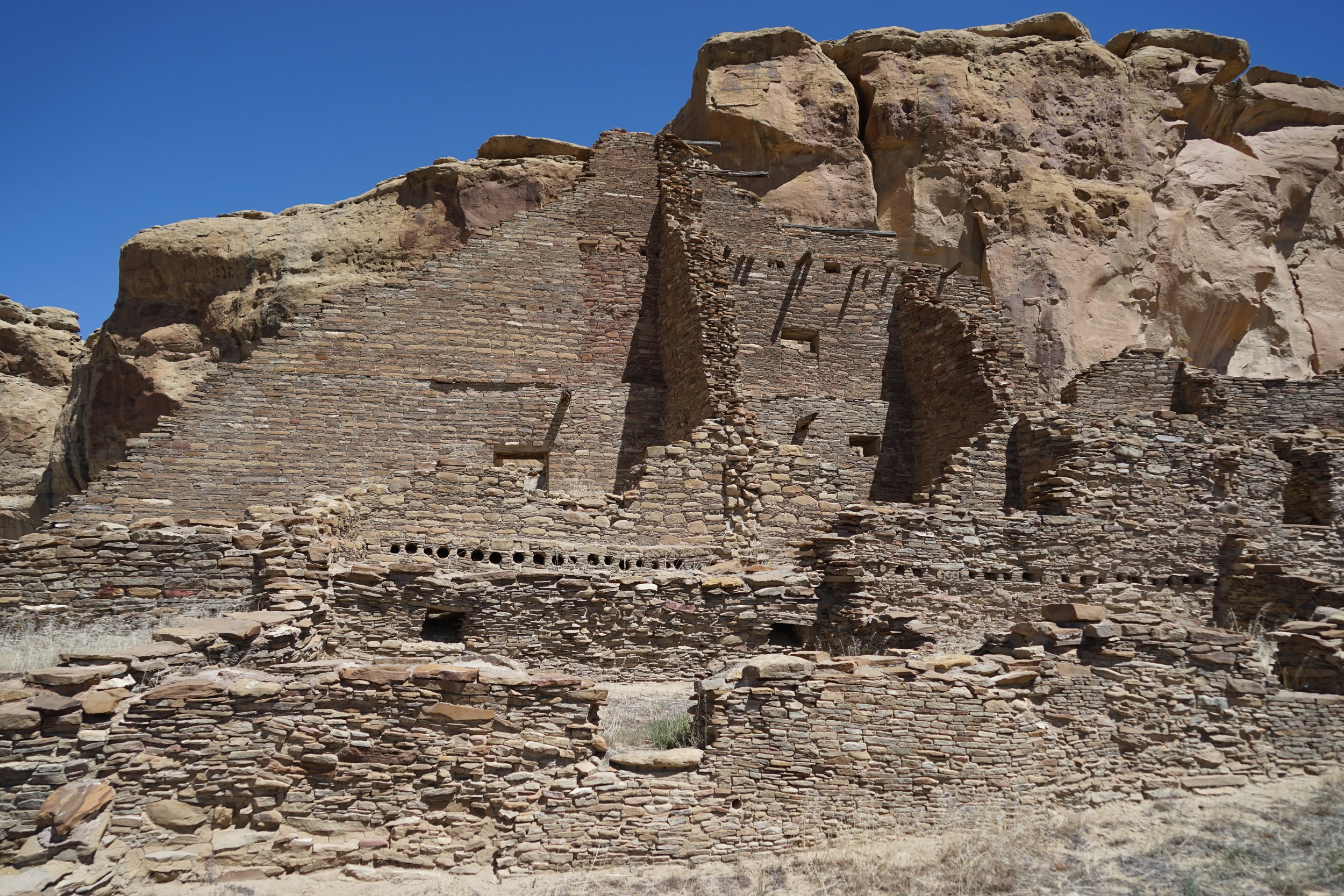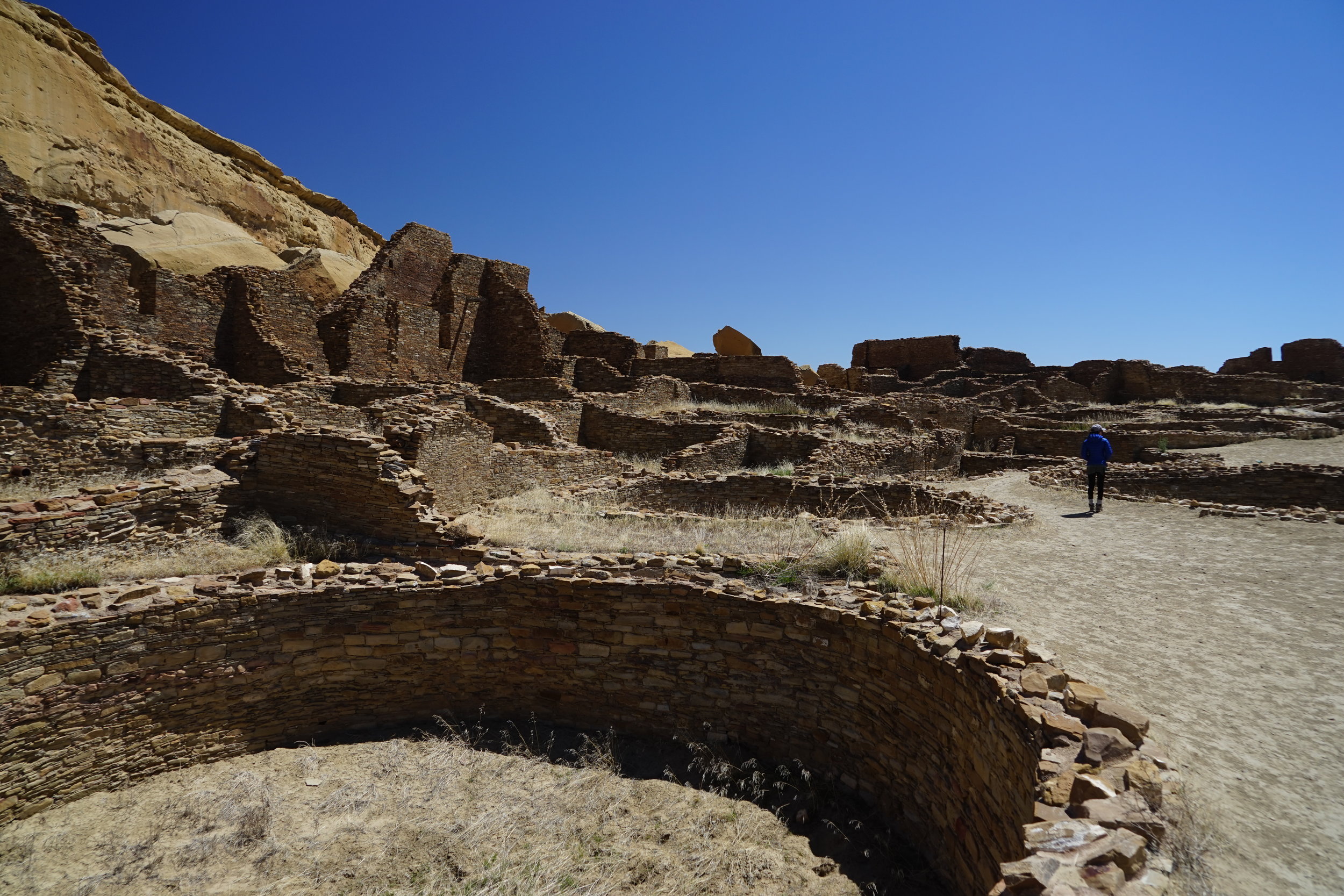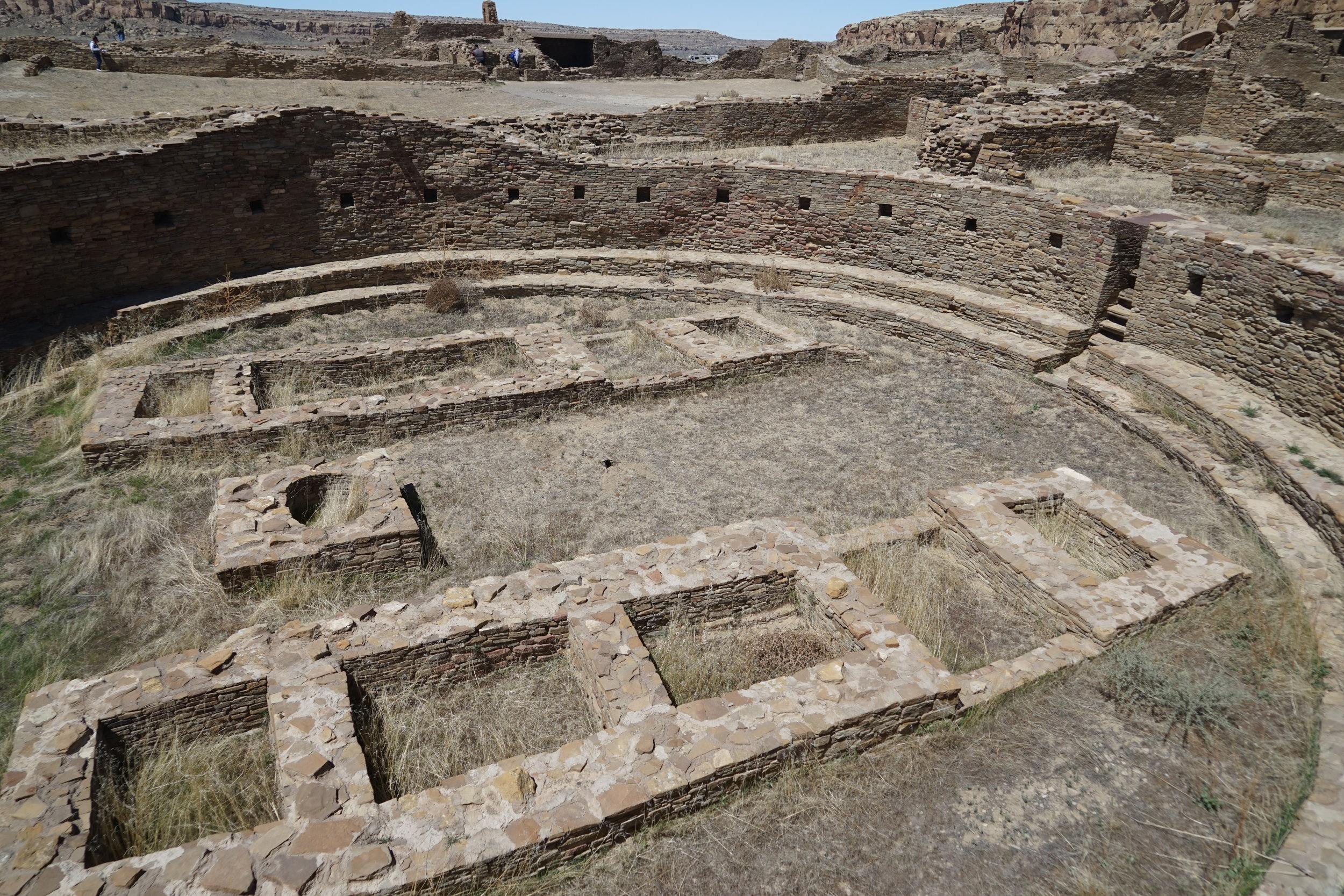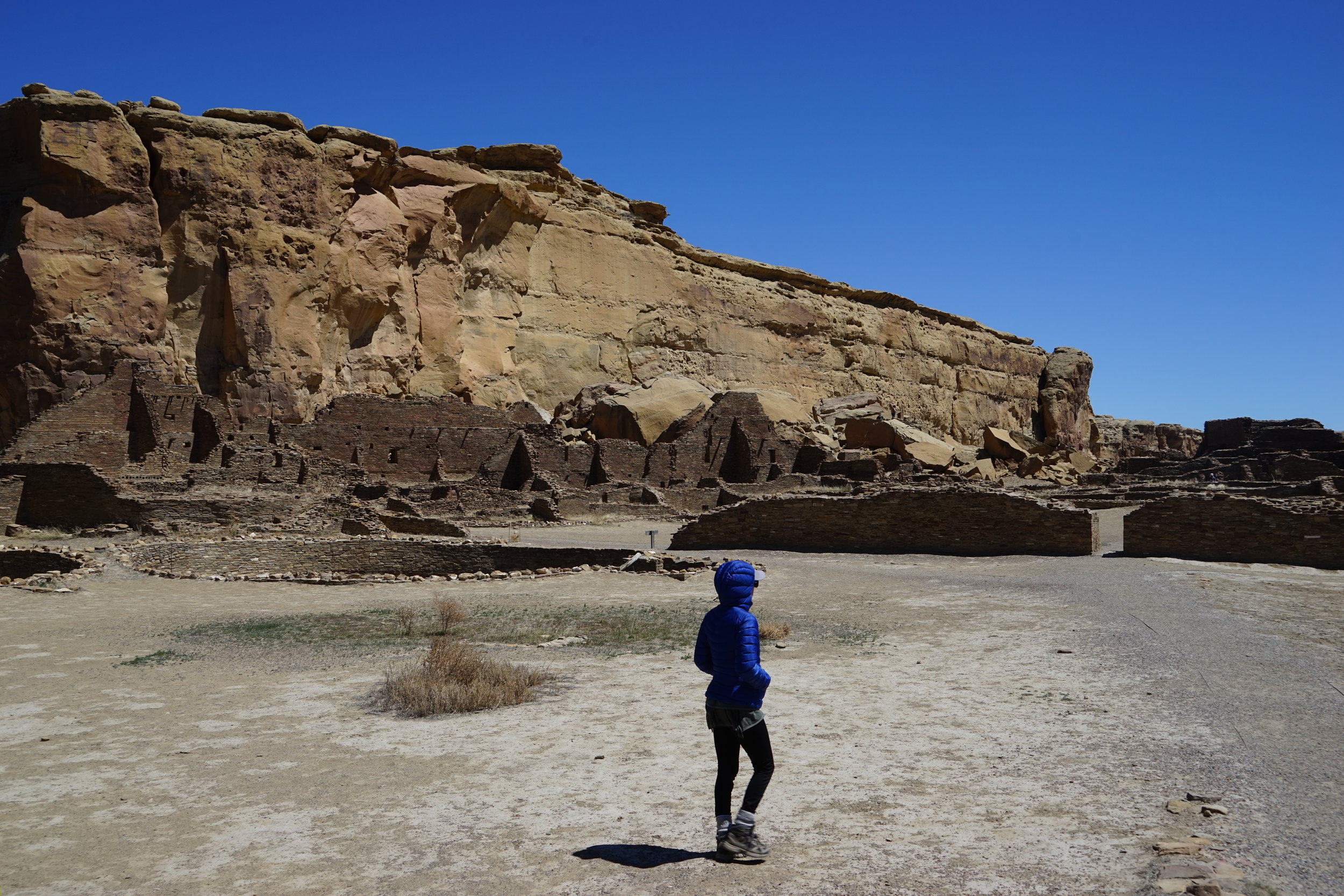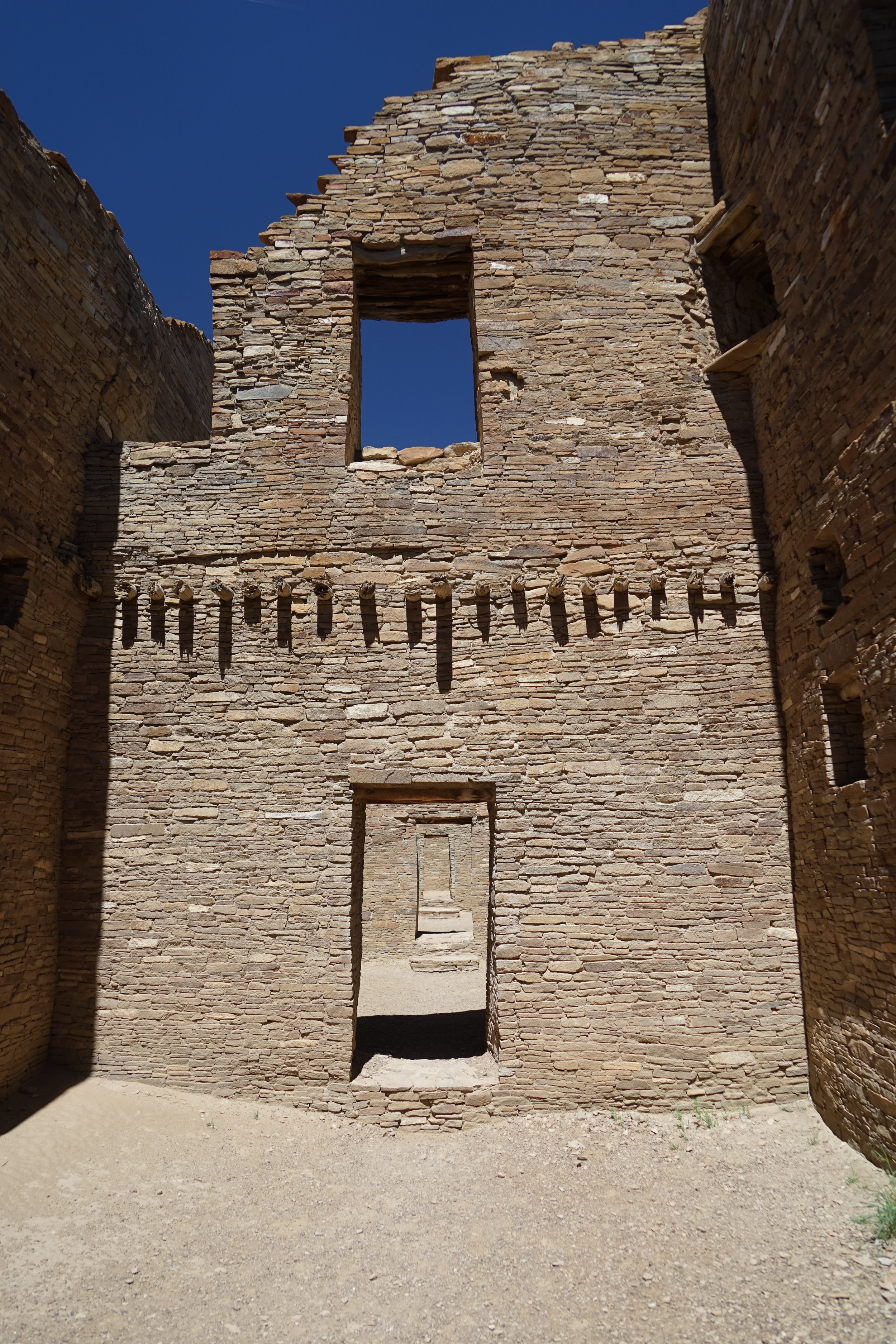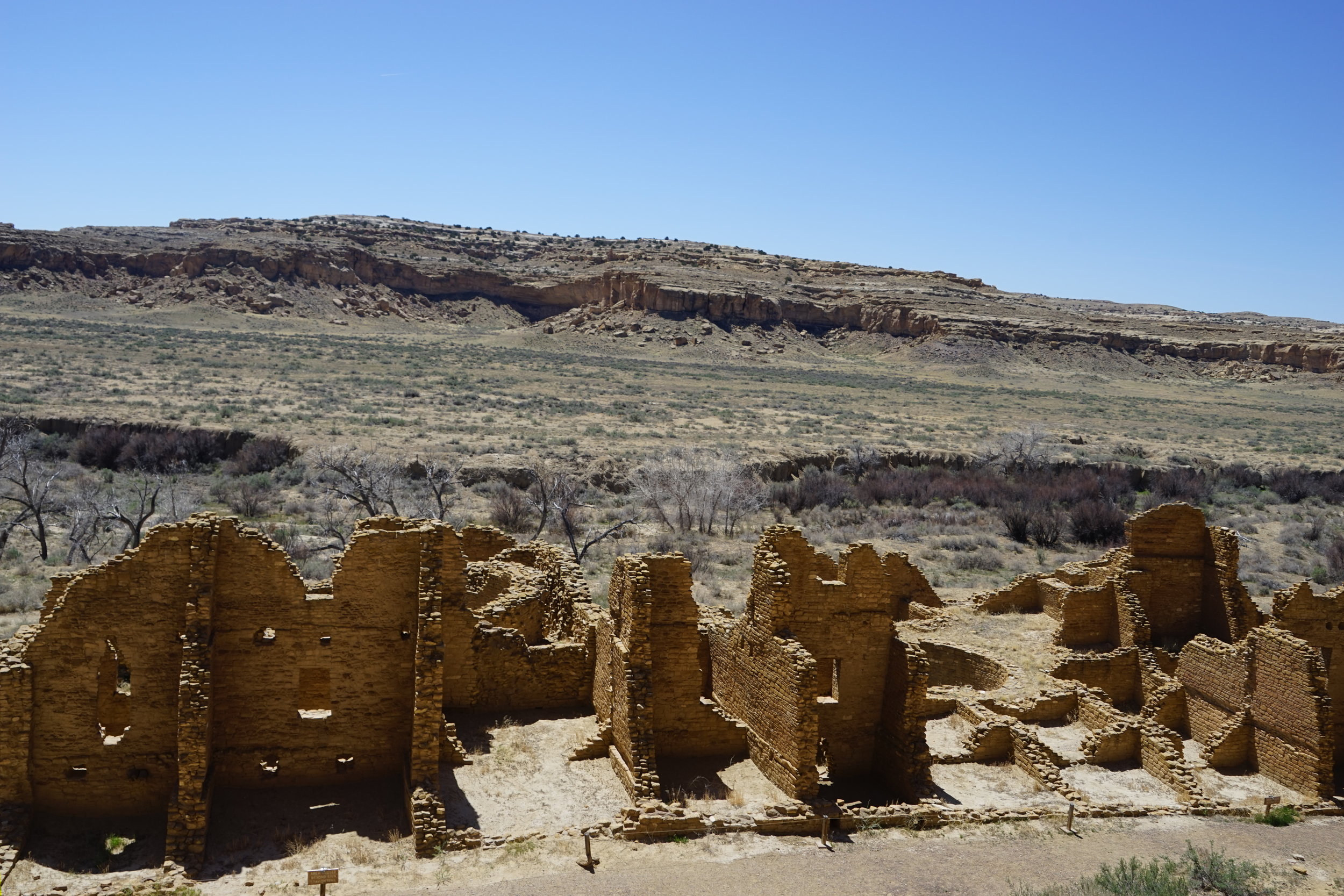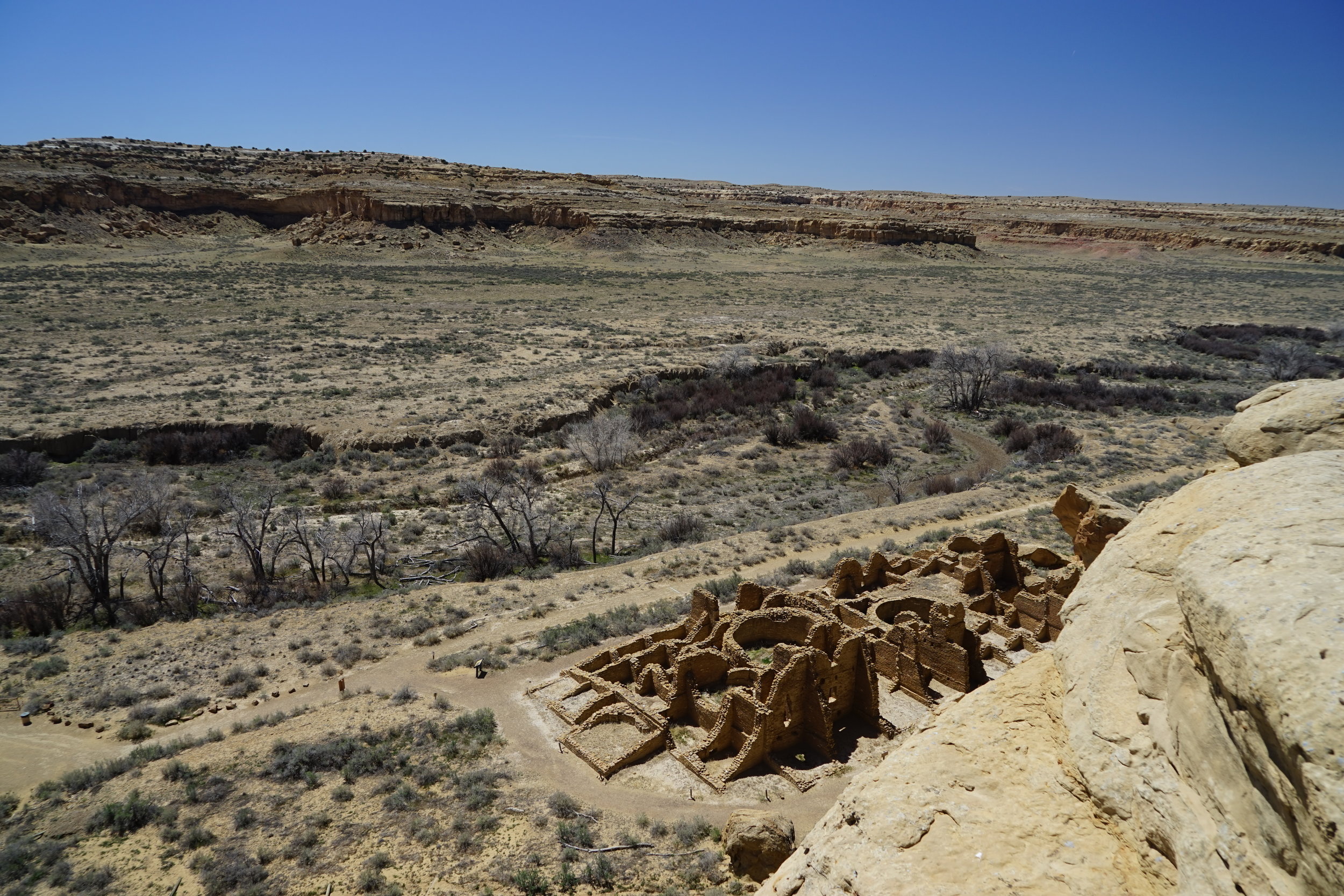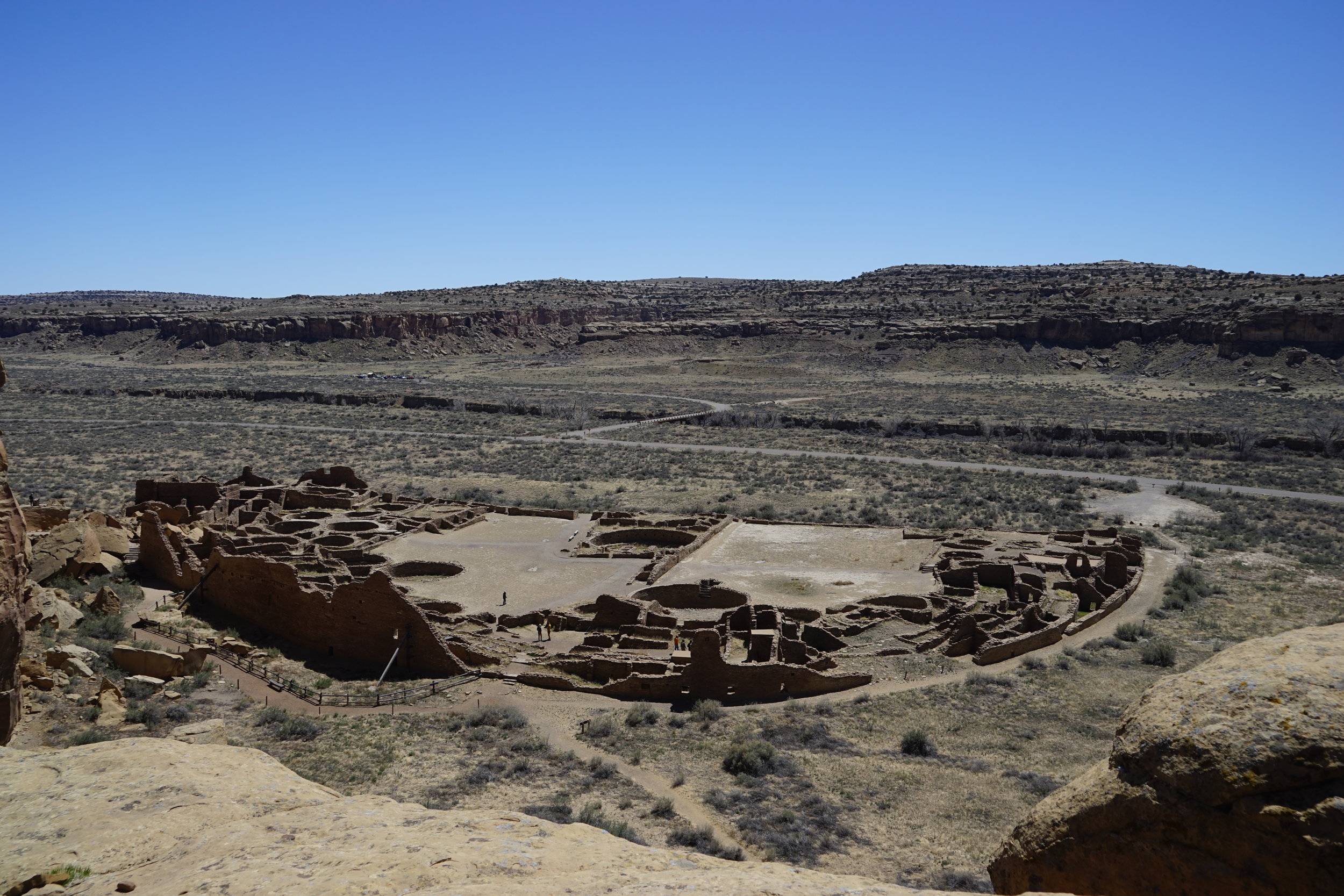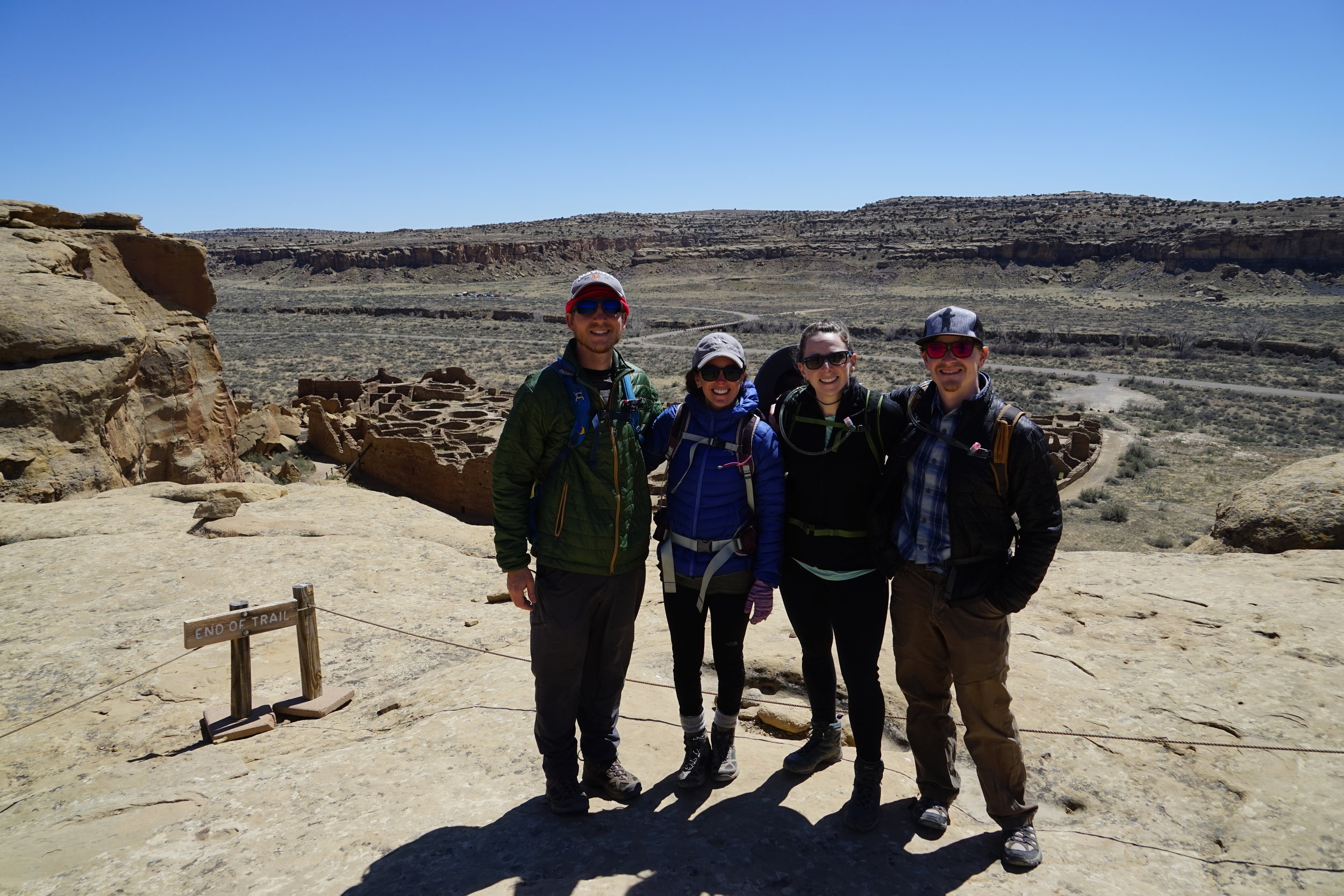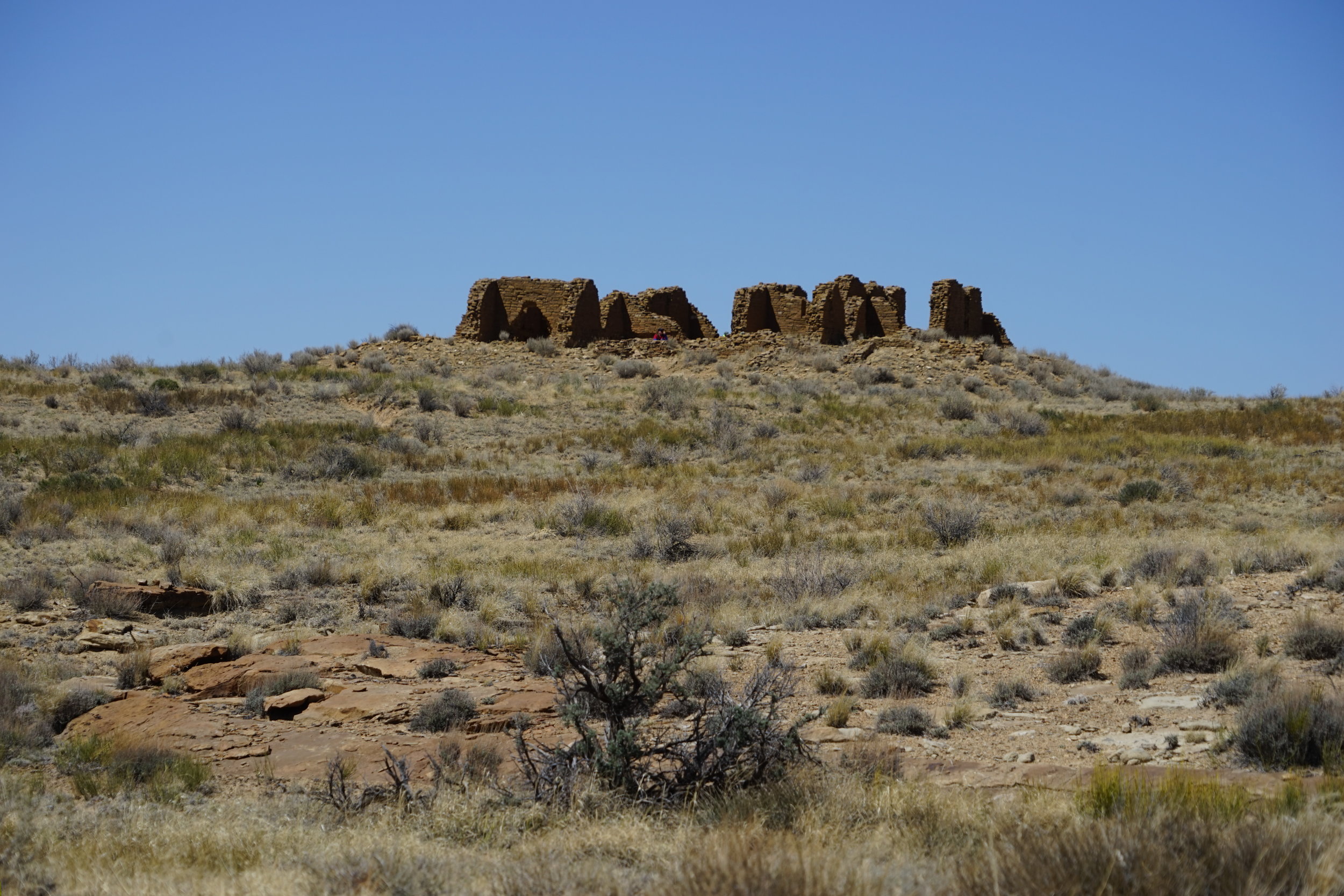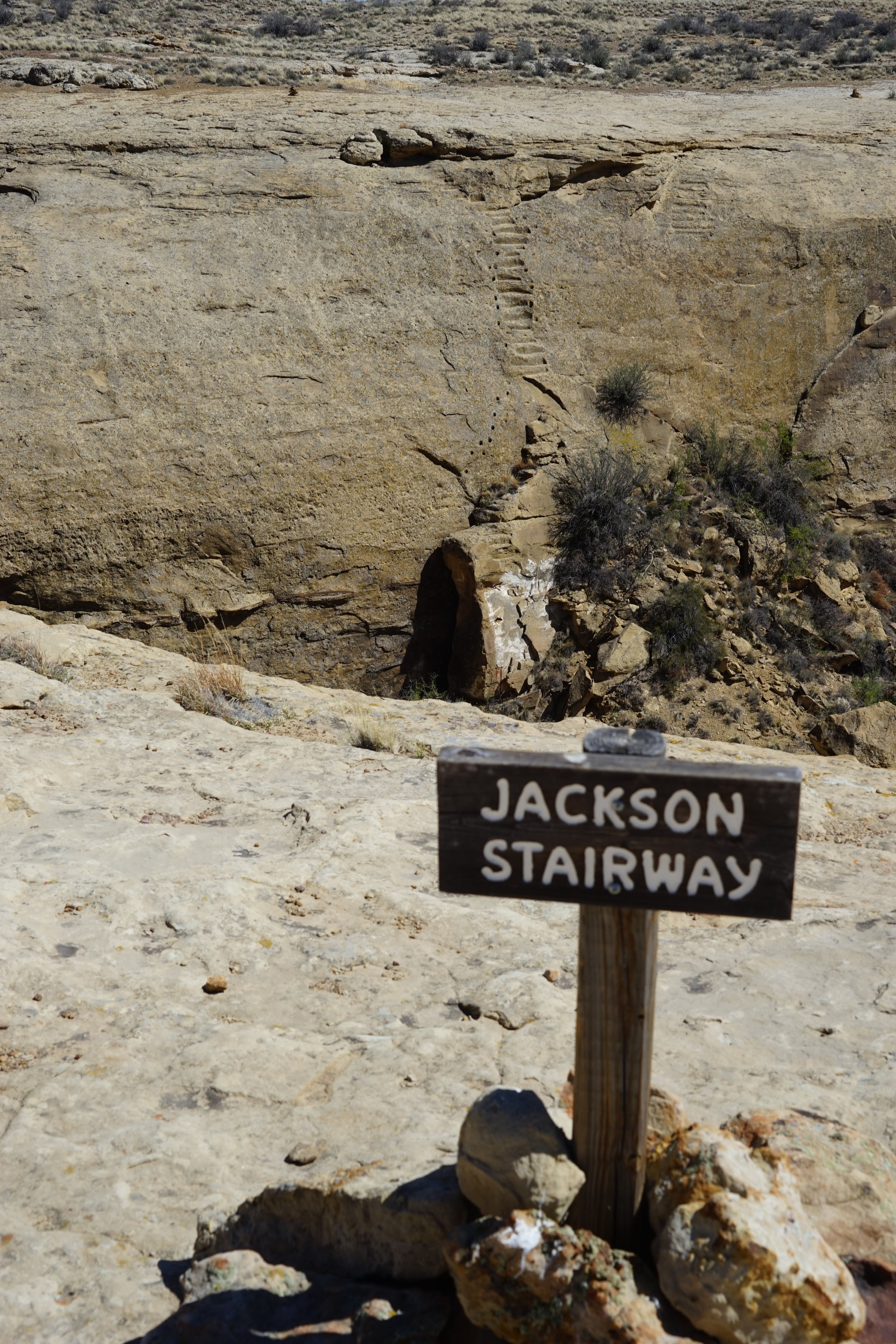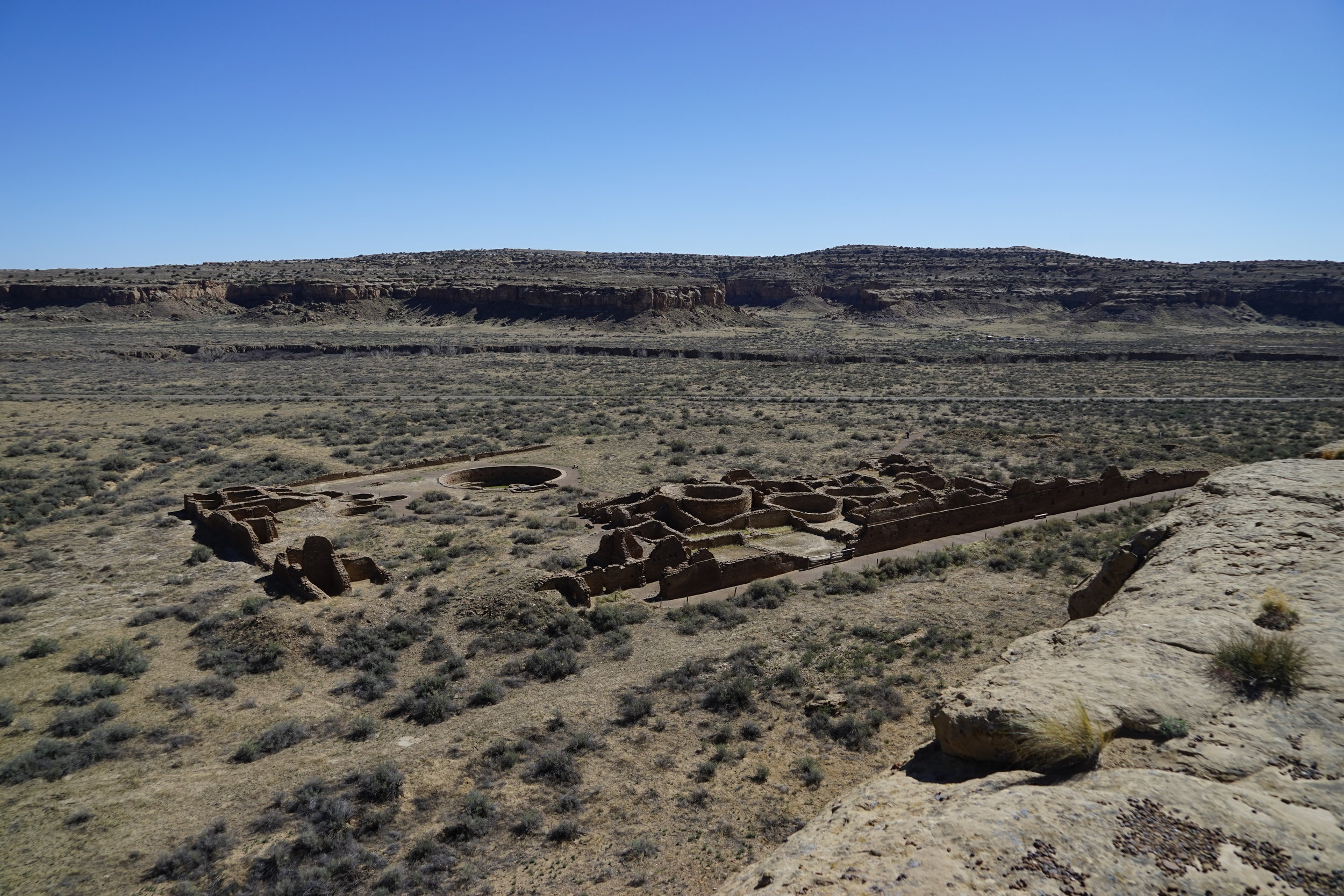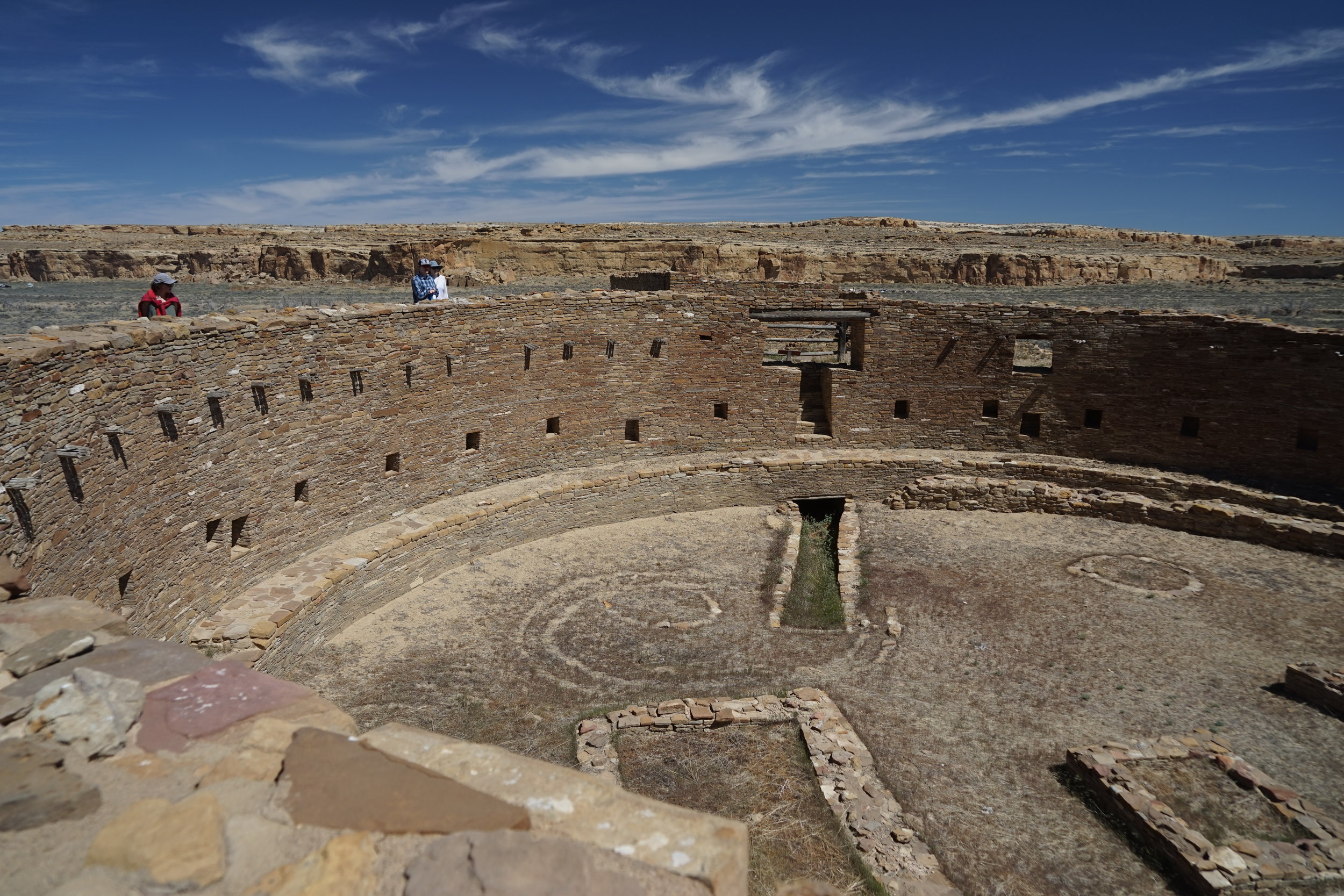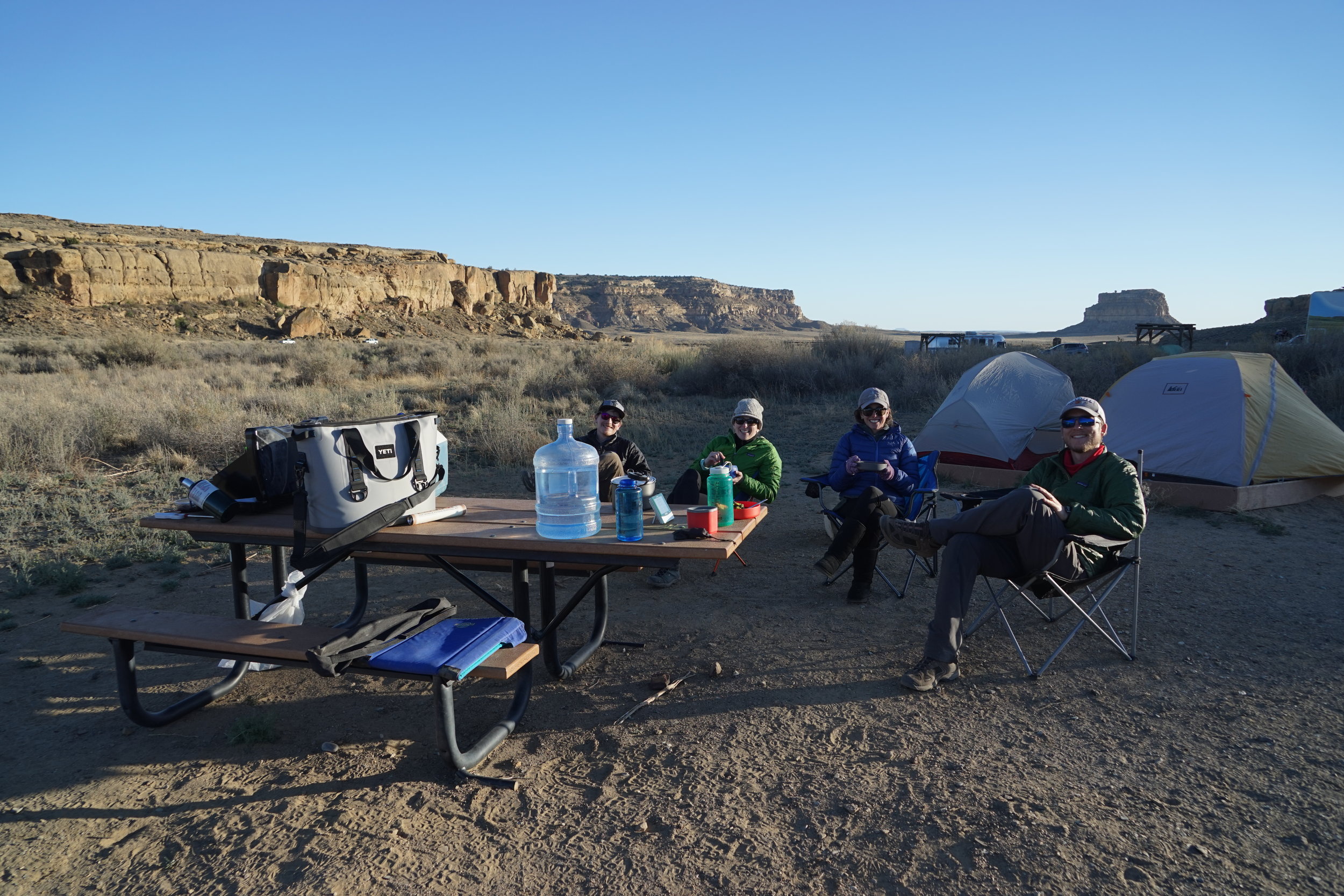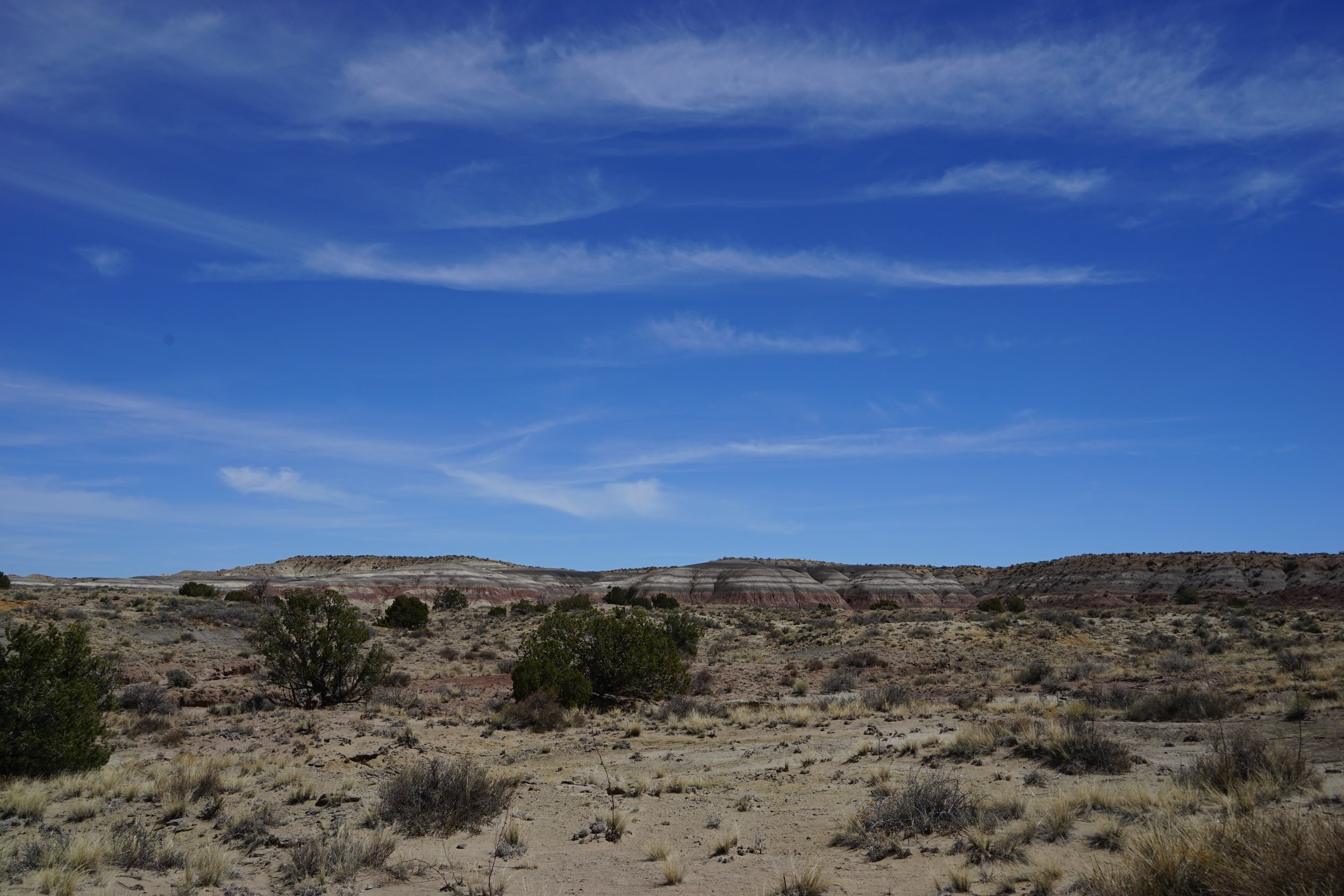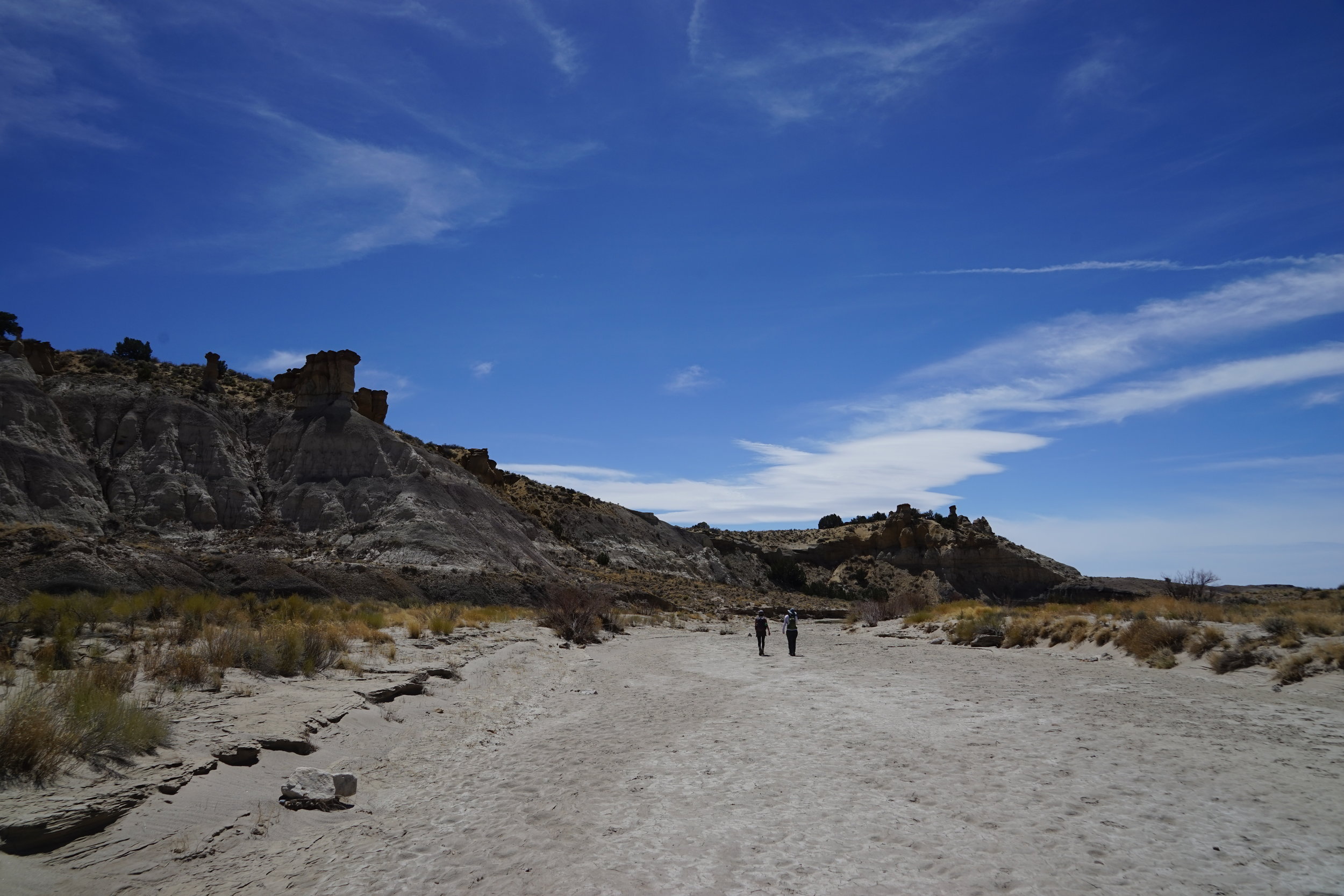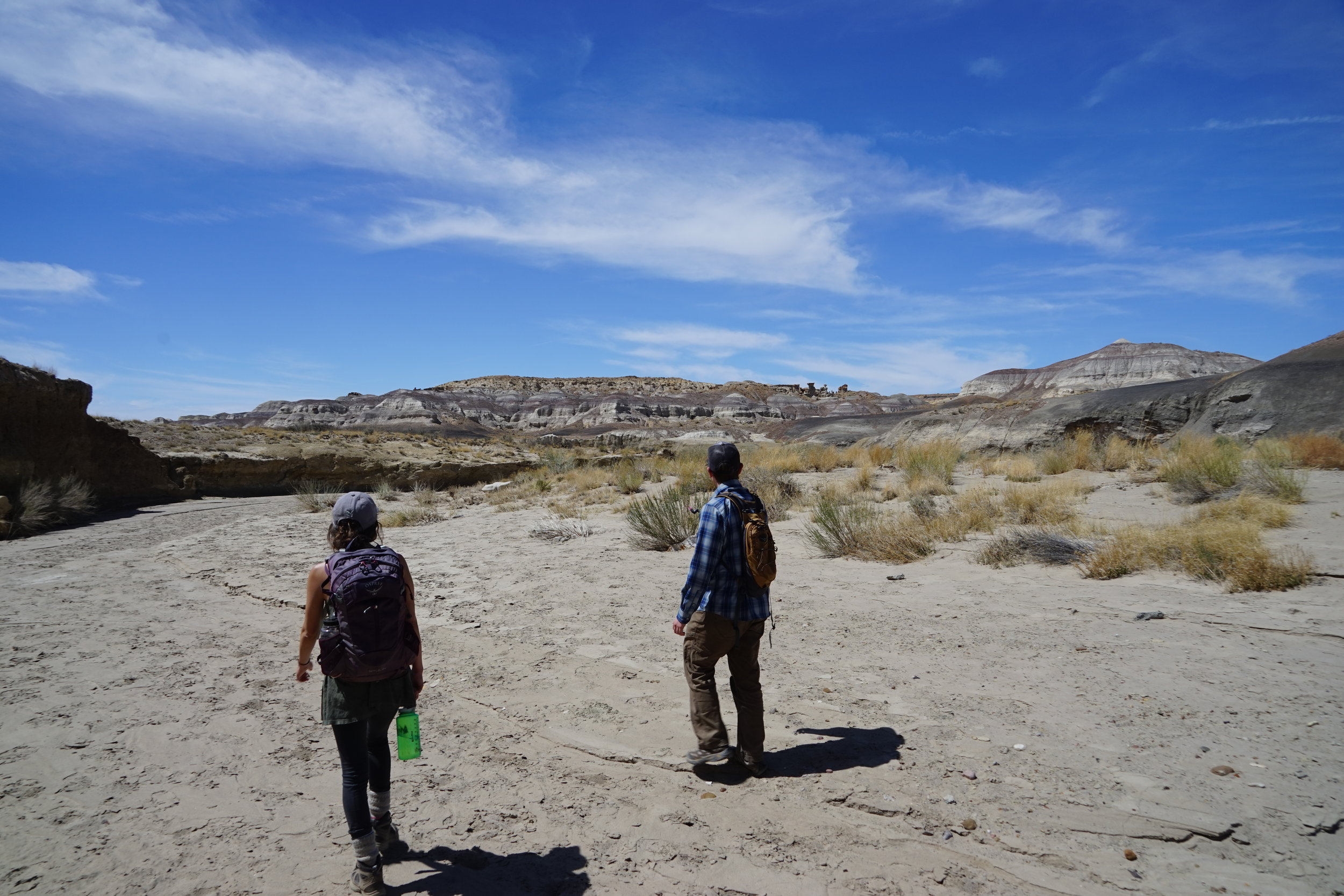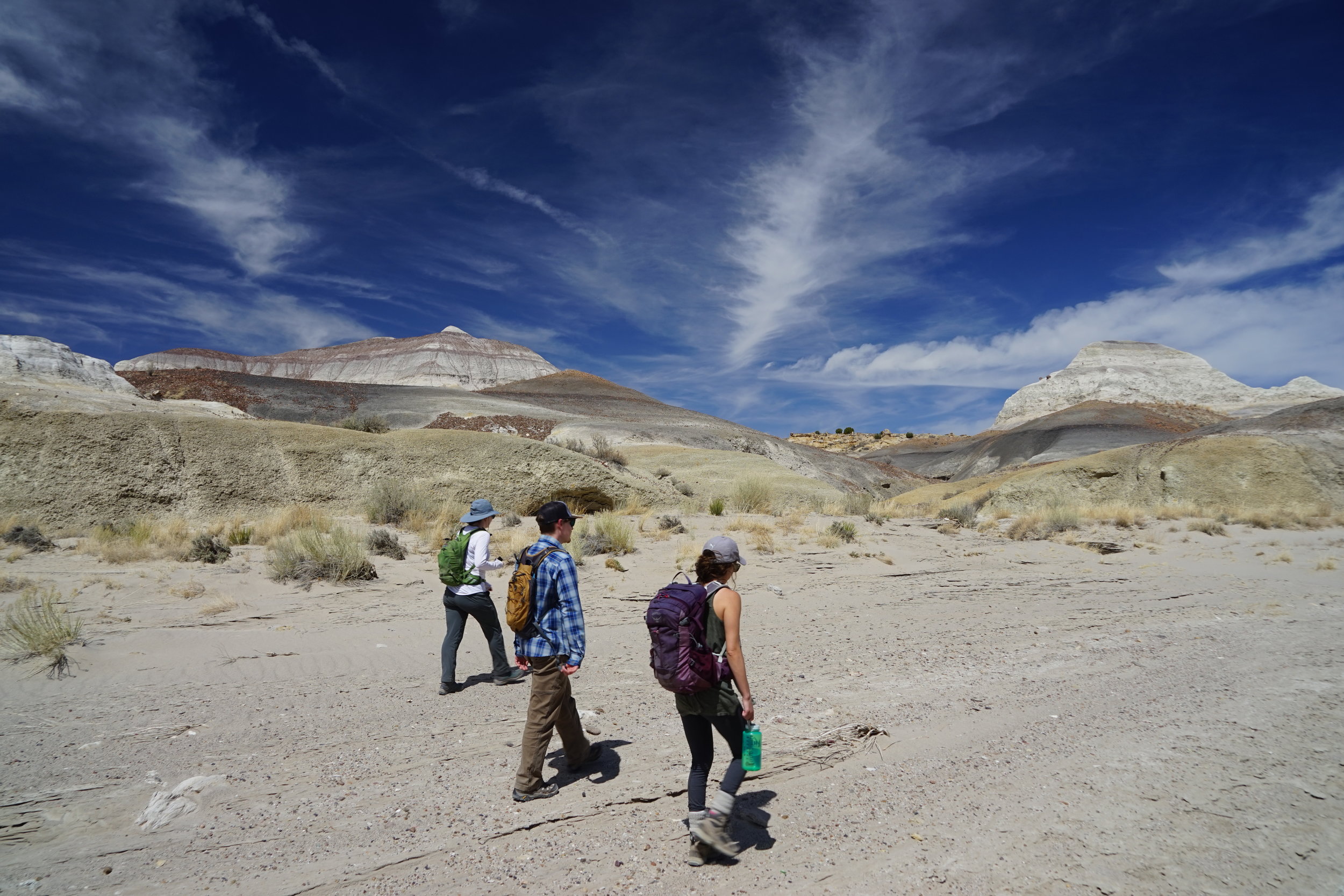The Land of Enchantment... Or Should I Say Entrapment...
After 18 months of traveling the country, searching for our next place to call home, we found it in the Land of Enchantment or as the locals tell us, The Land of Entrapment... because trust us, you will never want to leave. From the first time we drove through New Mexico back in October of 2016, we knew this region was special. New Mexico's deep rooted culture, endless desert landscapes and limitless opportunities to be in nature were enough for us to finalize our decision to call this state home. We ended up parking The Lance on the side of our new (and first!!) house. We have plans to take her out again sometime this summer, but for now we are enjoying our new home in Albuquerque, NM (which is 12x LARGER than The Lance so... we pretty much live in one room at a time :). Our transition to a life less mobile is taking time but after a few short trips, we are beginning to settle in!
El Morro National Monument
Located off of the less traveled Hyw 53 approximately120 miles west of Albuquerque lies El Morro National Monument, a shaded oasis in the western US desert. As one of New Mexico's smaller National Monuments, El Morro is hidden in the higher elevations amongst forest land and is most well known for providing a reliable waterhole hidden at the base of a breathtaking sandstone bluff. El Morro (translated as "the headland") has been a popular campsite for hundreds of years. Here, Ancestral Puebloans, Spanish and American travelers carved over 2,000 signatures, dates, messages, and petroglyphs into the sandstone leading us to its' now nickname of "Inscription Rock." Make sure to stop in at the visitors center for your free walking guide which provides detailed stories from significant messages along the rock wall. While some of the inscriptions are fading, there are still many that can be seen today, some dating to the 17th century. Furthermore, the remains of a mesa top pueblo can be reached by a short trail where between about 1275 to 1350 AD, up to 1500 people lived in this 875 room pueblo. Oh... and did I mention they have a campground onsite... and it is FREE! If you feel like exploring a bit more, take the short drive (15ish miles) east to El Malpais National Monument. Malpais, Spanish for 'badlands" is a diverse volcanic landscape including cinder cones, lava tube caves, sandstone bluffs and many hiking trails. This desolate environment is a great place to gain a bit of solitude but make sure to keep your eye out for wildlife that might be grazing in the open grasslands and forests.
Tent Rocks National Monument
The Kasha-Katuwe Tent Rocks National Monument is only about 60 miles north of Albuquerque and offers an insiders view into geologic processes that shape natural landscapes. The cone-shaped tent rock formations are the products of volcanic eruptions that occurred 6 to 7 million years ago and left ash and tuff deposits 1,000'+ thick! Precariously perched on many of the tapering hoodoos are boulder caps and while fairly uniform in shape, the tent rock formations vary in height from a few feet up to nearly 100'. To explore, follow the only recreational trail in the monument where you can choose from the Cave Loop Trail which is 1.2 miles long, rated as easy. Or opt for the more difficult Canyon Trail which is about a 3 miles RT hike, through a narrow canyon with a steep climb to the mesa top for excellent views of the Sangre de Cristo, Jemez, Sandia mountains and the Rio Grande Valley. We opted to link the two trails which made for a perfect short day trip from ABQ. (I should mentioned that our first attempt to explore these cone shaped natural wonders was the day of the government shutdown... so we turned around and decided to return the following weekend ;).
Cahco Canyon National Park
Chaco Canyon, also know as Chaco Culture National Historical Park hosts the densest and probably most exceptional (yes, this is our home state now) concentration of pueblos in the American Southwest. The massive buildings that still remain were home to thousands of people between 850 and 1250 A.D. Chacoans used sandstone blocks and timber which were carried from great distances in order to assemble fifteen major complexes that remained the largest buildings in North America until the 19th century! Only 150 miles northwest of ABQ, this is a must see for anyone nearby. It is worth noting that the only way into the park is via a dirt, washboard road not suitable for all cars or motorhomes. It is my understanding the park intends to keep the road rough to deter large tour buses which currently overrun places such as Mesa Verde in Colorado. Chaco Canyon is also known for its dark sky and evidence suggests that the Chacoans were expert skywatchers, with an obvious knowledge of the seasonal patterns of the sun, moon, and stars. This knowledge is reflected within the architecture of the great houses and ceremonial sites around the canyon. Also... it's the only national park to feature its own observatory so make sure to catch a night sky program led by local rangers where you can look upon the same star-studded sky that the Chacoans did a thousand years ago. There is a campground onsite which is now on a reservation system (so book early) and is open all year. This was our official FIRST camping trip in New Mexico (sin The Lance) and we got to enjoy it with new friends, Sara and Nolan! On the way to/from Chaco it is worth making a quick trip to the Bisti Badlands. Imagine roughly 60 square miles of remote badlands offering some of the most unusual scenery in the world... yes, we will be back.
